

SPARE PARTS?
We have you covered.

BUS&COACHSALES


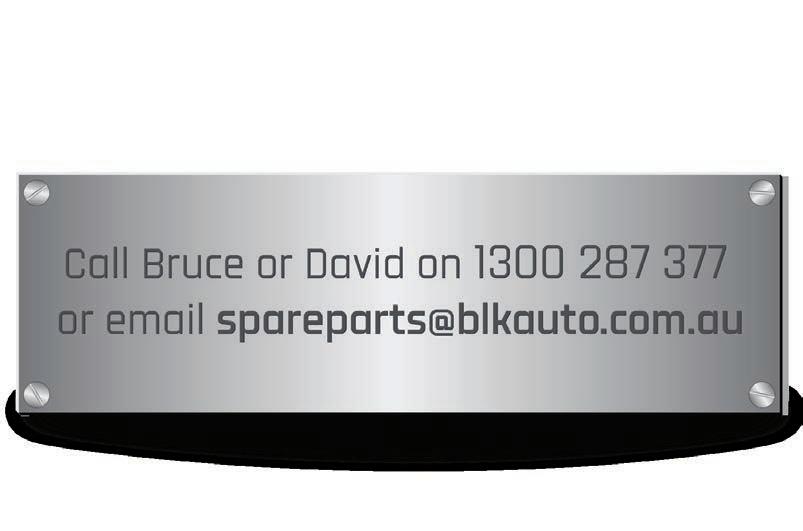
In a crowded market of bus fleet options, choosing the right partner is essential.
At Bus Stop Sales, we bring over 50 years of family dedication to the industry. We’re not just a supplier—we’re your trusted solutions partner.


Why Partner with Us?
Eco-Friendly Solutions: Award-winning, sustainable options for your fleet.
Comprehensive Range: From Zero Emission Buses (ZEB) to reliable diesel, we cover all your needs.
Local Content, Local Jobs: A mix of world-class imported and locally built solutions, supporting local industry.


Local focus
While many topics concerning the local bus industry are currently before politicians, there’s one in particular that warrants immediate attention and clarification
There’s no shortage of news currently impacting Australasia’s bus and coach industry.
Whether it be a wealth of new deliveries, state government budgets being unveiled, major driver strikes impacting operators and patrons or the announcement of executive appointments, the bus and coach industry in our region is being kept busy.
However, underlining this news is a raft of key issues that remain unanswered.
While they sit wilting away without political progress, they bore more of a hole into an industry that is desperately waiting to react.
The discussion around the zero-emissions bus transition has been subject to the spotlight in recent years, with a wide range of operators, industry experts, association members and suppliers voicing their concerns about the lack of communication on the path forward. In its shadow has been the need to talk about local content. It’s high time that this issue is addressed.
that give manufacturing jobs to locals, is this not a major step forward for local content in our industry?
The fact of the matter is only a handful of bus and coach companies, whether they be on the operations or supply side, are 100 per cent Australian owned and operated nowadays. International influence is well and truly occurring. A clear example of this is Irizar Asia Pacific – a Spanish manufacturer that has made Melbourne its local happy hunting ground in recent years through its newly opened Pakenham facility. From page 28, Irizar discusses how its plan to tackle Australia’s high floor coach market has paid off through a focus on local service and supply.
There’s no shortage of news currently impacting Australasia’s bus and coach industry
The variety that defines local content is on full display in this edition of ABC Magazine, which is tailored to stories on Australasia’s leading bus and coach bodybuilders amid the usual array of current affairs and industry developments.
On the industry front, Bus Industry Confederation (BIC) executive director Varenya Mohan-Ram vows to continue pushing the federal government to discuss what defines local content in Australia. While this happens, bus and coach suppliers continue to do their best with the definitions currently in play.
Our cover is a clear example of this, with Bus Stop Sales deciding to take matters into its own hands. From page 24, Bus Stop director Pete White discusses the brand’s innovations in the local assembly sphere as he prepares to launch both a complete knockdown and a driveable knockdown facility in Brisbane.
While at it, Bus Stop is also expanding its capabilities in New South Wales in a bid to improve its national footprint. It begs the question – if suppliers are pivoting from importing fully built buses and coaches to establishing local assembly sites in Australia
Another example of the benefits of local suppliers being involved in the production of buses and coaches for Australasian operators is with Capral and Volgren. The pair have forged a strong partnership based on Volgren using Capral’s aluminium extrusions in its body design, with the pair highlighting the importance of a local materials supply partnership for bus manufacturing on page 34.
Outside of this, Challenger introduces its first ever general manager to the industry on page 30, while Scania is following the trend of focusing on its aftersales capabilities to enhance its overall product offering.
This edition includes a variety of other news, such as a reflection on the recent BusSA conference for 2025 courtesy of BIC, a breakdown of what the latest seatbelt ADR asks of suppliers and updates on recent bus depot announcements from some of Australasia’s largest operators.
We hope you enjoy the read this month.

Sean Mortell EDITOR, ABC






06. editorial | ignition LOCAL FOCUS
While many topics concerning the local bus industry are currently before politicians, there’s one in particular that warrants immediate attention and clarification
10. news | all aboard
Check out the latest news from around Australia and the world features
23. column | bic TIME TO LEAD
The South Australian bus industry is standing at the crossroads at a defining moment that calls for bold leadership, national collaboration and smarter future-proofing
24. cover story | bus stop sales CUSTOMER CENTRIC
Bus Stop Sales’ rich history is currently evolving, with multiple new developments to enhance its Australian vehicle offerings on the way
28. feature | irizar INVEST FOR SUCCESS
Since entering Australia’s high-floor coach segment, Irizar has carved out a strong reputation by focusing on quality, aftersales support and smart partnerships
30. feature | challenger THE RIGHT FIT
Challenger continues to cement itself as a leader in the Australian bus and coach industry, with its experienced team leading the charge
32. feature | scania PUTTING THE PART IN PARTNER
With a passionate aftersales team and a growing parts network, Scania Australia is committed to keeping buses on the road and in tip-top shape
34. feature | capral aluminium AUSSIE ALUMINIUM
Capral’s ongoing supply partnership with Volgren is allowing the bodybuilder to relish the numerous benefits of having high quality aluminium ready to go from a local source
STAYING SAFE
Keeping safe on the roads is more important than ever, with the BusSAFE program ensuring the right education and warnings are given out
38. feature | father and son A FAMILY AFFAIR
With a combined career of five decades at Volvo, ABC finds out how David and Stuart Woodward are able to successfully mix family and business
40. feature | royans EASY ACCESS
With a spread of locations across both Australia and New Zealand, Royans Group is committed to servicing the bus and coach industry
43. feature | botany smash SAVING GRACE
Damage to a bus or coach is never fun, but Botany Smash Repairs is intent on making a difficult situation easier for operators around the country
45. feature | election review
PLOTTING THE WAY FORWARD
BIC executive director Varenya Mohan-Ram lists the association’s key topics for change that it’s ready to discuss with the latest federal government
46. column | qbic
ROAD SAFETY IS NOT POT LUCK
The Queensland Bus Industry Council discusses why zero limit drug laws for commercial drivers must stay in place
51. competition | best bus TOP DECK TOURER
In a world where new buses grace the road every day, the vintage beauties still manage to catch our eye
departments
54. factory facts | bus deliveries MAY DELIVERIES
Check out the latest bus and coach supplier sales data collected and recorded for you to review and see how the market fared in May
58. back seat | bus restoration TRAVELLING THROUGH TIME
ABC finds out how a group of dedicated people in Western Australia are preserving the history of the state’s public transport system
Head of Customer Experience:
Managing Editor: Geoff Crockett
e-mail: geoff.crockett@primecreative.com.au
e-mail: sean.mortell@primecreative.com.au
Assistant Editor: Tiarna Condren e-mail: tiarna.condren@primecreative.com.au
Designer: Apostolos Topatsis
PRINTING
Brougham Press
ADVERTISING
Sales Manager – South:
Courtney Burton ph: 0481 736 890
e -mail: courtney.walker@primecreative.com.au
Business Development Manager – Bus:
Adrian Kos ph: 0413 777 670
e-mail: adrian.kos@primecreative.com.au
SUBSCRIPTIONS
www.busnews.com.au/subscribe ph: +61 (0)3 9690 8766
Mon-Fri 8am-4.30pm (EST)
e -mail: subscriptions@primecreative.com.au mail: 379 Docklands Drive, Docklands VIC 3008 Australia
Annual subscription rates (12 issues): Australia: $99* Overseas: $A170 (Australian air-mail only) *price includes GST
Cover image: Bus Stop Sales

Image: Capral Aluminium


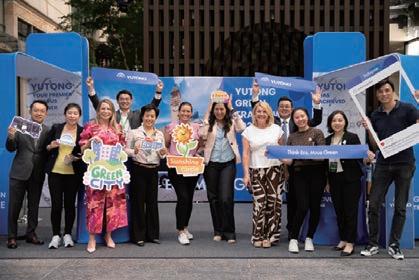


Melbourne bus driver strike halts network
Over a third of Victoria’s bus network was affected by the work stoppage, with Dysons and CDC Victoria drivers stepping down for 24 hours
In late May, protected industrial action co-ordinated by the Transport Workers’ Union (TWU) occurred after employee negotiations stalled with Dyson Group and CDC Victoria.
According to the TWU, both companies refused decent improvements on rostering, safety and pay, with over 95 per cent of TWU members endorsing the strike when it went to a vote.
Together, the bus companies operate hundreds of bus routes and charter services and together, making up one third of all routes across the state.
The strike lasted a full 24 hours, beginning at 3am on Wednesday May 28 and lasting until 3am Thursday May 29.
The TWU says it was demanding a fair deal that recognises the critical role bus drivers play in keeping the community moving.
“The current offers from CDC and Dyson fall short. Our members have been patient, but that patience has run out,” TWU Victorian/Tasmanian director of organising Sam Lynch says.
“It’s time for CDC and Dyson to stop dragging their feet and start listening to workers’ calls for respect and a fair day’s pay.
“We’re standing together to lift the standard across Victoria’s bus network and improve wages, conditions and safety for every driver.”
Commuters were warned of major disruptions in Melbourne’s north and west, as well as in regional cities such as Ballarat, Mildura and Geelong.
“In 2022, more than 300 TWU bus drivers took protected strike action following Dyson’s failure to move on workers’ core demands, including safety and working conditions,” a TWU Facebook post reads.
“If management doesn’t come to the table with a better offer, TWU members will take action again!”
In response, Dysons says the
Below: Commuters were warned of major disruptions in Melbourne’s north and west, as well as
TWU’s decision to initiate industrial action is “disappointing” due to the impact it would have on public transport passengers in Melbourne’s northern corridor.
“Dysons’ proposal for a new Enterprise Bargaining Agreement (EMA) in March will deliver significant wage and benefit outcomes for drivers – including a nine per cent year-one wage increase,” Dysons says in a statement.
“Industrial action causes unnecessary inconvenience to public transport bus passengers. As a family-owned business with over 73 years of delivering quality public transport and charter bus services, we’re committed to maintaining a reliable, high-quality service for our passengers. That’s why we’ve been working constructively to finalise a
Planning to minimise disruption to our passengers and valued customers. Our intention is to operate to a modified timetable during any period of industrial action.”
The operators says it has been negotiating “in good faith” with the TWU since January 2025 to reach a new EBA that benefits employees and the company. It says the TWU has “consistently rejected” the alternative wages and conditions offer that Dysons has presented, with a vote on Friday May 9 revealing roughly 60 per cent of drivers didn’t support the proposed EBA.
“Since the proposed EBA was voted down, we have received no counteroffer from the union,” Dysons says.
“Dysons remains committed to reach agreement on a new EBA within
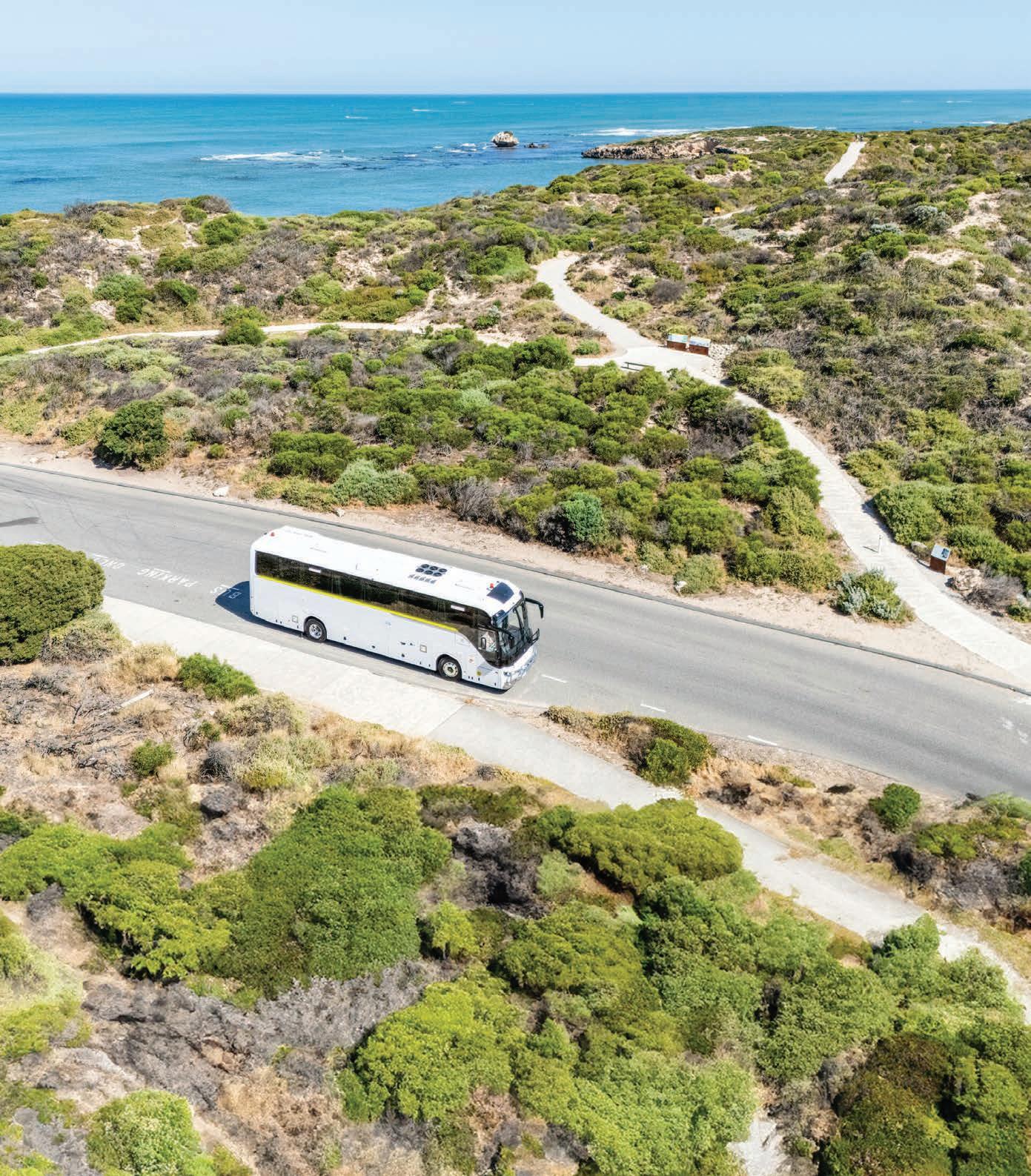

Love the journey
Discover the ultimate in coach design with our BCI Cruiser bodies, built to fit a variety of European chassis platforms with cutting-edge safety technology, specifically engineered to meet the unique demands of Australian roads. Step into their refined interior designed for maximum comfort, with spacious seating and climate control tailored to enhance every ride. This new generation of BCI coaches sets a new standard of excellence in our industry.


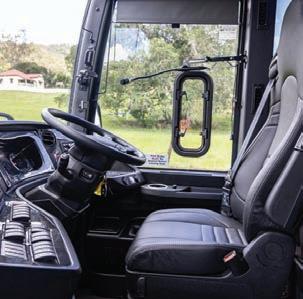

Contact our team for further information on 1300 289 224 or visit bcibus.com.au
Head Office Perth: 08 9353 9000
Melbourne: 03 8787 2100
Brisbane: 07 3275 6900
Adelaide: 08 8182 3888
The end of diesel in WA
Western Australia has officially entered a new era in public transport, with the final diesel bus rolling off the production line at Volgren’s facility and into active service
From this point forward, every new bus built for Western Australia’s public transport network will be fully electric as part of a major step in its transition towards zero-emission transport.
The milestone signals the end of diesel bus manufacturing in Western Australia and the beginning of a clean-energy fleet rollout led by long-term partners Volvo Bus Australia and Volgren.
Volvo, the contracted chassis supplier for the project, says it is proud to support the Public Transport Authority (PTA) in this landmark transition.
“Moving every new PTA bus to electric is a landmark for public transport in Australia,” Volvo Bus Australia general manager Mitch Peden says.
“Our role is to be a dependable, long-term partner – from engineering support to parts and specialised electric bus training – so the PTA can keep communities connected while cutting emissions.”
Under the transition, 130 Volvo BZL
Below:
Under the transition, 130 Volvo BZL Electric buses will be built locally in WA over the coming years. Image: Volvo
WA over the coming years, alongside the installation of high-capacity charging infrastructure at key depots.
Each bus is expected to eliminate around 40 tonnes of CO2 per year and can travel up to 300 kilometres on a single charge, cutting both emissions and operational downtime.
“This milestone is the result of a long-term partnership and a shared commitment to cleaner, more sustainable transport,” Volgren CEO Thiago Deiro says.
“By building these electric buses locally, we’re not only reducing emissions but also supporting Western Australian jobs and developing the next generation of skilled workers.”
Manufacturing of the electric bus bodies remains at Volgren’s Malaga facility, helping secure local jobs and apprenticeships in advanced manufacturing.
WA Premier Roger Cook acknowledged the significance of the moment, confirming that the last diesel bus ever manufactured in
passenger service.
“I want to ensure Western Australia’s economy remains the strongest in the nation. That means diversifying by investing in decarbonisation and supporting local manufacturing so that we can build more things in WA,” Cook says.
“Building electric buses locally is a key part of my government’s vision for a future that is made in WA, complementing our locally built METRONET railcars and historic investment in public transport.
“It won’t just create more than 100 jobs in Perth’s north-eastern suburbs –it will lower our emissions and reduce operating costs across Perth’s public transport network too.”
In the meantime, Perth commuters are already seeing the benefits of electrification with 18 Volvo BZL Electric CAT buses currently in operation across the city, offering quieter and cleaner journeys for passengers.
Upgrades at Malaga and Bayswater depots are also underway to accommodate larger electric fleets as








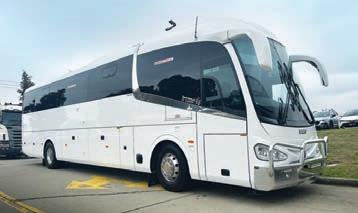

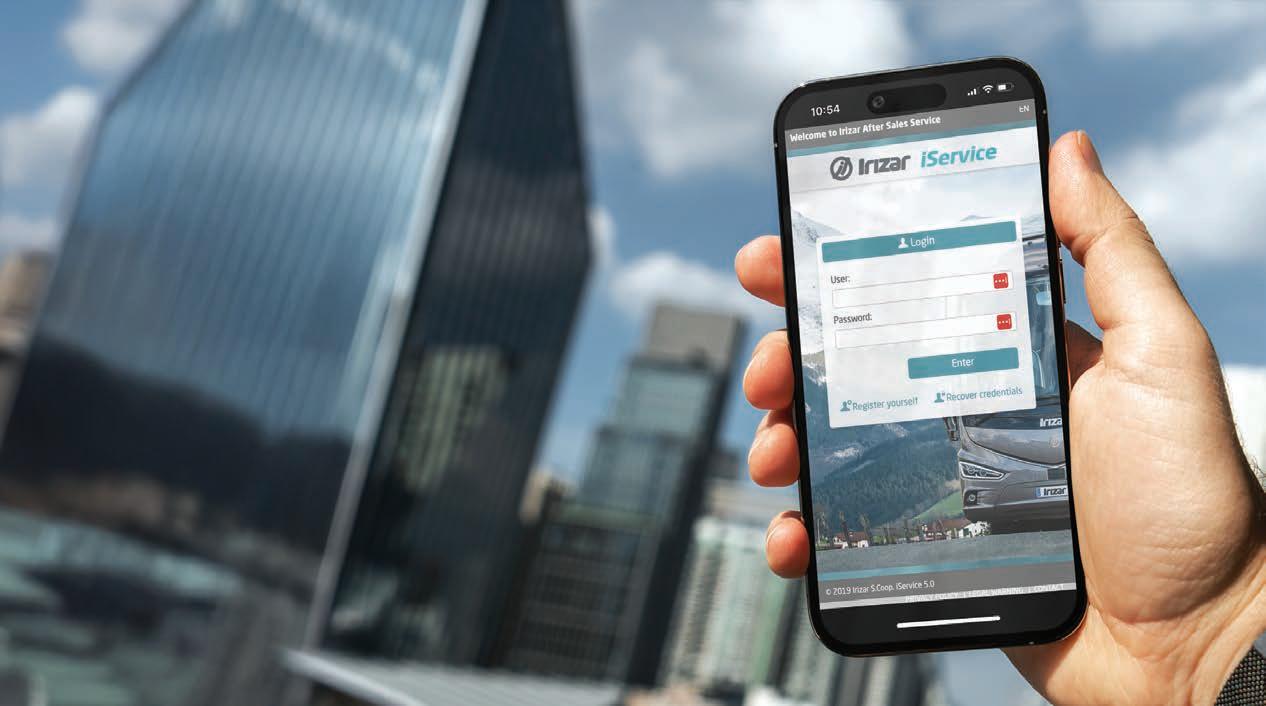
Irizar’s iService Portal is an advanced digital platform with technical data simplifying complex maintenance processes and ensuring fleets remain operational with minimal disruptions.
Simply enter your VIN for:
Comprehensive Technical Documentation
Precision Spare Parts Ordering
Maintenance Resources
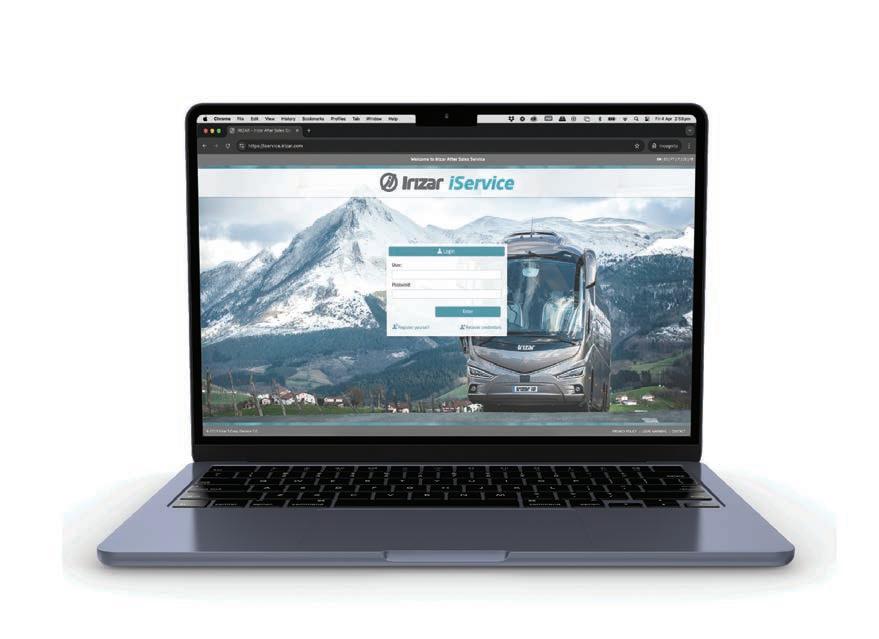
Registering for iService is easy—simply click the “Register Yourself” button on the iService Portal at https://iservice.irizar.com
Buses missing from $5 billion Vic PT blitz
Despite the multi-billion public transport allocation, a Melbourne advocacy group is calling out a lack of funds for buses
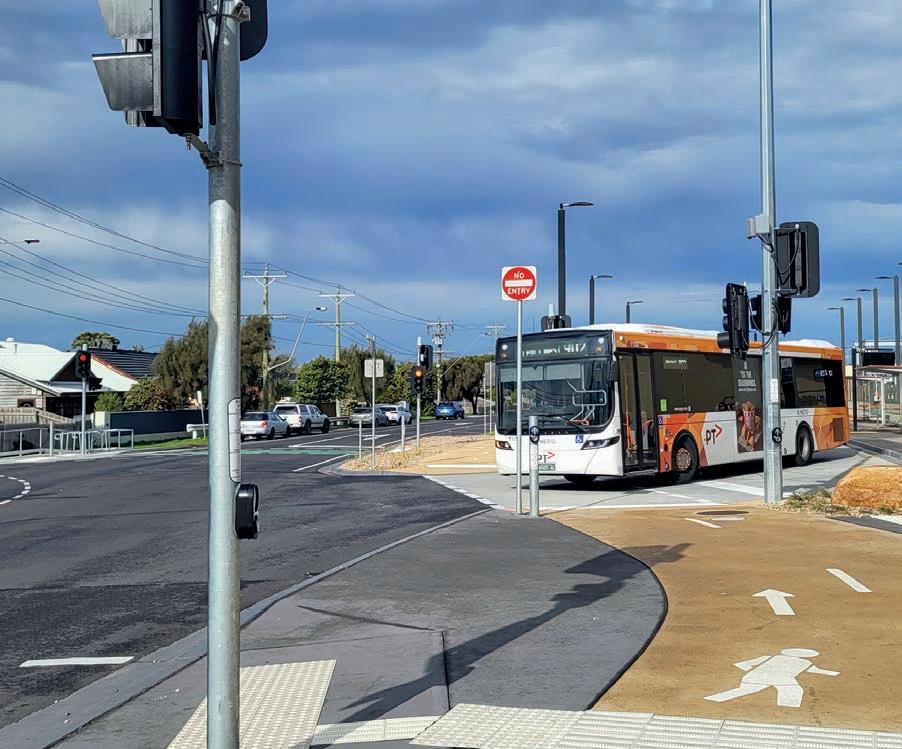

The Victorian government has announced the 2025/26 Budget will see $5 billion allocated to public transport across the state, yet with no mention of bus network funding.
With a key focus on Melbourne CBD and surrounds, the multi-billion dollar investment will see $727 million go towards operationalising the Metro Tunnel, delivering turn-up-and-go services for the Sunbury, Cranbourne and Pakenham lines that run through it.
A further $98.7 million will deliver more frequent services for passengers on other lines, making it easier for passengers to get to work and home sooner. These include the Werribee, Sandringham, Craigieburn, Upfield, Gippsland, Bendigo and Seymour lines.
The budget also allocated $4 billion towards the Sunshine Station redevelopment, bringing forward $2 billion of the government’s investment
Above: Sustainable Cities says these positive benefits will not be shared with residents living in suburbs not serviced by trains. Image: Jackie Davies/stock. adobe.com
in Airport Rail to kickstart works as soon as possible.
“We’re focused on what matters most. People just want to get to work and get home sooner, and I’m on their side,” Victorian Premier Jacinta Allan says.
While the opening of the Metro Tunnel and extra rail services will provide some with faster, more connected networks, others are quick to mention the disregard of buses for those in Melbourne’s western suburbs.
Advocacy group Sustainable Cities spokesperson Elyse Cunningham says these positive benefits will not be shared with residents living in suburbs not serviced by trains.
The group is calling for a fast, frequent and connected bus network in Melbourne’s west as the solution for providing commuters with reliable access to stations across the Sunbury line, eliminating the need for extra
car trips or car park upgrades, and to provide ‘a funnel to the Munnel’.
“For the full benefits of the Melbourne Metro Tunnel to be felt, the Sustainable Cities Collective calls on the Victorian state government to reform the bus system in the western suburbs to give residents better access to the Sunbury line,” Cunningham says.
“There is no point spending lots of money on rail upgrades if the access to the station is limited only to those who live within walking distance of the line, or have the means to drive to the station.
“A reformed bus network across the west which is fast, frequent and connected to important destinations such as train stations and shopping centres will ensure the transformational impacts of the Metro Tunnel project are equitably shared across the community.
“Our ultimate message is that we need better buses to provide a ‘funnel to the Metro Tunnel’.”
While increased train capacity helps commuters in and out of the city, most western suburbs residents have no reliable options for getting to local activity centres, the shops or train stations without a car.
“A fast, frequent and connected bus system is what will really get people moving in the west and take cars off the road to reduce congestion,” Cunningham says.
“At the moment, families in the western suburbs need two or more cars to get kids to school and parents to the train station. More train services are great, but a transformed bus network is what will really make the difference in the day-to-day lives of millions of western suburbs families.
“The minister admitted that ‘buses are the poor cousin’ in Melbourne’s public transport, and this announcement proves that Labor still aren’t taking buses seriously as the low cost, high impact transport solution they are.”
Major bus reforms coming for the NT
The reforms will aim to reduce anti-social behaviour and support a more flexible, responsible network
The Northern Territory government has unveiled a major overhaul of the public bus network in Darwin and Palmerston, aimed at reducing anti-social behaviour and improving passenger and driver safety.
Infrastructure and logistics minister Bill Yan announced a Bus Safety Reform Strategy will roll out in multiple stages that will see sweeping changes to the Northern Territory’s public transport system.
“We want every Territorian to feel safe when they catch a bus,” Yan says.
“These reforms are about building a public transport system people can trust and use with confidence.”
A key part of the plan is the closure of the Casuarina interchange by October 2025, with staged closures of the Darwin and Palmerston interchanges to follow. The
government says the closures will reduce crime and allow for a more flexible network design.
Safety measures will also be upgraded, including expanded CCTV at hotspots, direct radio links between drivers and police, and on-board duress alarms.
From August 1, 2025, a new NT Bus Tracker App will launch, providing real-time tracking, journey planning and alerts that factor in walking and cycling times.
The government also confirmed that free bus travel will continue beyond July 1, 2025.
“Since the introduction of free travel, the Transit Safety Unit and bus drivers have reported a decrease in anti-social behaviour on bus services,” Yan says.
“New statistics confirm that our
efforts to improve bus safety are delivering results, with reported assaults on bus drivers down by seven per cent.”
A full review of the Darwin and Palmerston bus network is underway, focusing on reducing wait times, improving routes and trialling on-demand services to replace some low-patronage late-night routes.
“These are real changes that will make a real difference,” Yan says.
“By shutting down outdated interchanges, boosting surveillance and improving real-time communications, we’re creating a network that’s safer and more reliable for everyone.”
The reforms are part of the government’s “year of action,” aimed at reducing crime and improving quality of life for Territorians.
Transdev John Holland Buses appoints new managing director
The new director brings over 30 years of leadership experience and extensive knowledge of the bus sector to the role
Kicking off her role in late May, Daniela Fontana has been named as Transdev John Holland Buses’ new managing director.
Fontana’s long history in the bus industry means she has a deep understanding of network operations alongside the company’s commitment to deliver high standards of safety, service, innovation and recruitment across Transdev John Holland’s region nine contract in Sydney’s CBD and eastern suburbs.
The popular bus network mobilises a rising commuter, tourist and student patronage since the COVID pandemic and sees Transdev John Holland provide over 50 million journeys each year.
As the new managing director, Fontana leads 1,100 staff and oversees three depots and their 470 buses and 48 public and 137 school routes – including the 24-hour 333 circuit between Bondi Beach and the CBD.
Fontana previously led Transit Systems NSW and State Transit Authority NSW. She says she looks forward to stepping into the position to lead a dedicated team of journey makers and a strong internal culture.
“I have always believed buses are a key transport mode,” Fontana says.
“The region nine network is vital in connecting local communities with each other and to the city.
“Having led multiple bus networks and regions across Sydney, I am very excited to drive our people and projects forward that will make great impact to customers in the region.”
Transdev Australia and New Zealand CEO Brian Brennan welcomes the appointment and highlights Fontana’s collaborative approach and operational expertise.
“Daniela brings a strong track record of operational leadership and I’m confident region nine will continue to go from strength to strength under her guidance,” Brennan says.
“She joins a passionate local team of journey makers and, with her history of delivering exceptional results, I’m excited to see what they’ll achieve together.”
Major changes coming to Brisbane bus network
Brisbane’s bus network is set to look very different from the end of June as a wave of changes are set to shake up the current program
Around two-thirds of Brisbane’s bus services will see major changes from the end of the month, as the city is expected to experience “the largest uplift to the bus network in over a decade”.
From Monday June 30, Brisbane City Council will be introducing a new bus network alongside a new Metro route, the M1.
“It will be the biggest change that we have seen in the Brisbane bus networks in decades,” Brisbane Lord Mayor Adrian Schrinner says.
“We’re also adding new bus services, we’re adding extra capacity, we’re boosting frequencies and it’s all about keeping Brisbane moving and getting more people on public transport.”
The upcoming M1 will replace route
111 and 160 bus services, running at five-minute frequencies between Eight Mile Plains and Roma Street. This is the third stage of the Metro roll-out.
About 70 per cent of the bus network will also see changes as the council add five new routes: the 26, 109, 127, 182 and 197.
Four peak-hour services will be extended to all-day operations while 12 combined routes will be launched to eliminate duplicate buses.
Transport chair Ryan Murphy says 30 million additional trips will be available on the network that carried 80 million passengers annually.
“Eighty-five per cent of the trips will be faster or the same, and 15 per cent of trips will be slower, but overall, what we will see is a significant reduction of the buses that
Who is Dyson’s new metro general manager?
are clogging CBD streets during the morning and evening peaks,” he says.
“We will take buses out of the CBD and reallocate them into the suburbs. Metro has always been about replacing large numbers of those smaller buses that carry 70 people with mega buses that carry 170 people.
“We expect that we’ll be one of the first cities in the world to have public transport patronage now exceed its pre-COVID levels.”
Changes to the Brisbane bus network may include new route paths, stop changes, bus number changes, transfers or routes being merged with another route. Timetables may also be adjusted.
Brisbane City Council is urging passengers to plan ahead.
The new general manager is stepping up from his current role as regional planning manager, leading the operator towards a zero-emission future
Australian bus operator Dyson Group has announced Brad Dyson as its newest metropolitan general manager, leading the Metropolitan Zero Emission Bus Franchise (MZF) division.
With over 25 years of experience in the bus and coach industry, Brad brings a wealth of knowledge and expertise to the role. His extensive career within Dyson Group has seen him take on various roles, most recently serving as regional planning manager.
As a fourth-generation member of the Dyson family, his appointment continues the family’s longstanding involvement in the company’s operations, which began in 1952
when Laurie Dyson founded the business with just four buses.

company’s operations and strategic vision positions him well to lead the MZF division as it embarks on a transformative journey towards zero-emission public transport.
“I’m incredibly excited to take on this role and lead our team as we contribute to the decarbonisation
opportunity to shape the future of transport in Victoria.
“I’m proud to be part of a team that’s not only building on Dyson’s rich history but also leading the way in reducing emissions and creating a better environment for future generations.”
Right: Brad brings a wealth of knowledge and expertise to the role. Image: Transport for NSW.
Queensland bus industry questions tender
In April, the Queensland government outlined a new contract tender that veered away from its usual way of business. Sean Mortell reports the industry is seeking clarification on what this means for its future

April 1 is usually a day for pranks. For laughter. Smiles. Mischief. The Queensland bus industry can be forgiven for thinking they were part of an intricate April Fool’s Day this year when a new tender was dropped by Queensland’s Department of Transport and Main Roads (TMR).
But it wasn’t. To kickstart April, the department released a new invitation to offer (ITO) for nine new routes devised for the Queensland towns of Ipswich and Logan. These new routes had been advocated for by both the community and operators supplying bus services to the region for quite some time.
Instead of giving these operators the first right of offer, the ITO signalled a change in approach from TMR for the nine routes. However, a 10th route was handed out to an existing operator.
“We thought it was interesting that the TMR offered first right of offer to an operator for one route, but put the other nine routes out to a public tender,” Queensland Bus Industry
Above: O’Dwyer says “the whole project seems rushed and not well thought out”. Image: Queensland government
Council (QBIC) executive director Jason O’Dwyer told ABC
“Operators in the area and QBIC were not given the courtesy of a phone call regarding going to open tender.
“One might expect that after 40-plus years of successful partnership with successive governments, the department and services to the public, that these operators may have deserved a call from Translink explaining the decision, not to mention QBIC as well given our 100 years of history in representing operators in Queensland.”
It’s a concerning moment in time for all of the state’s bus industry. Pre-existing arrangements were thrown out the window as operators who have forged up to 50 year histories of Queensland owned and operated business now ponder what the future holds if Translink awards the nine new routes to operators from outside the area. Will they then start stripping more contracts from existing companies? Or is it just a one-off
move to inspire more competition in the region?
O’Dwyer was left pondering how TMR reached its decision to “have a new operator in an area that already has operators”.
O’Dwyer went on to question the impact on layover facilities, passenger interchanges and driver rest areas which are already congested with three current operators, including Brisbane City Council.
“How it could be a more efficient use of government money to have a fourth operator at these sites? It doesn’t pass the lunchroom test,” he says.
“Some operators have been advocating for these routes for the best part of 10 to 15 years, they’ve identified the need, done the modelling and advocated for it both locally and with the department – it’s well within their expertise to deliver.”
Adding to the confusion is a provision in the ITO that stipulates a new depot is included as part of the contracts. O’Dwyer says the most recent discussions with TMR is that it wishes to own depots. However, he says that he sees from the ITO that the land is being leased seemingly in contradiction to what’s been advised to industry.
Part of the contract is the chance to run an estimated 37 state-managed buses and depot infrastructure that will be allocated by the government. An initial government investment would see more than $24 million poured into the network to grow it and reduce congestion. The depot mentioned in this ITO would be the first to be owned by the government.
“The suggested depot will be in the middle of nowhere, so there’ll be significant dead running for the successful operator on some routes,” O’Dwyer says.
“From a network planning, attraction and retention perspective, the industry is left scratching its head. Will the new operator will be given a flat block of land with demountable buildings, running on generators, servicing new routes with little to no accessible bus stops, appropriate street furniture or accessible footpaths for those with disabilities?
“The industry finds it hard to recruit drivers, let alone in a depot with at best temporary buildings – you need decent facilities to attract and retain drivers. The whole project seems rushed and not well thought out.”
The opportunity to submit for the ITO will close on June 11 after having been through two deadline extensions.
In response, a spokesperson from TMR told ABC it has commenced the ITO process as part of the state’s plan to provide a “frequent, accessible, reliable and safe public transport network”.
“The ITO was open since Tuesday April 1, 2025 and closed on Wednesday June 11, 2025,” the spokesperson says.
“To date there has been significant interest from the industry and we look forward to further announcements following the tender evaluation process.”
The spokesperson didn’t comment on why TMR has changed its process to make it an open tender except for the 10th route that has already been awarded, nor how the depot will work between the government and operators.
Like many modern metro bus
service contracts in Australia, zero-emissions bus technology is also built into the contract. ABC reported that Translink had revealed more details on how the power sourcing for running zero-emissions buses would be arranged at the Ipswich depot.
“The state will ensure the New Chum depot has access to power from day one,” Translink says on updated documents for the contract’s Invitation to Offer (ITO) process.
“This may be in the form of diesel generators until such time as an electrical connection can be arranged. As such, the State Electricity Procurement Arrangement does not currently exist for the purposes of sharing.
“The state will also supply diesel fuel and AdBlue for the diesel buses from day one. As such, the offeror does not need to cost depot electricity and diesel/AdBlue bus fuel costs in their offer.”
Once the depot has been upgraded to accommodate battery electric buses, Translink says the state will review this arrangement to consider additional electricity requirements for charging.
“At this point, the state will be happy to share relevant extracts of the State Electricity Procurement Arrangement as it relates to the charging KPI,” Translink says.
“For clarity, the offeror does not need to cost electricity supply in their offer.”
This has led to more head-scratching on the bus industry’s side, with O’Dwyer saying this change in
PROFESSIONAL REFINISHING

approach limits operators from being able to trade power and off-set costs.
“My understanding of interstate ZEB operations is that they have the ability to trade power with retailers and generators to significantly off-set costs to make electric depots more financially viable,” he says.
“By locking operators into a power sharing deal with the government, it ties the hands of operators behind their backs.
“This just leaves operators with the operation of the contract, but even then, the government has approved the routes and set the timing, so the profit margin isn’t that great.”
O’Dwyer says the industry is voicing its concerns about what precedent this sets for future contracts in the state. O’Dwyer’s main goal is to ensure Queensland avoids following other Australian states that have tendered networks to new operators who have no experience in the area, namely New South Wales and its Sydney bus contracts, and found issues with service delay, cancellations, passenger complaints and driver shortages.
“We’re in discussions with the department and listing our concerns – we’ve said this model is a failed playbook,” he says.
“We don’t want our state making the same mistakes, so government needs to better engage with our industry. We cannot have a race to the bottom on price, as it will be the passengers and taxpayers that will ultimately suffer.”

Branches across Australia & New Zealand When back on the road means back to business. Choose Royans.
First electric bus hits the road on Mosgiel route
Another dozen buses are expected to hit the roads before mid-year, ushering in a new era of public transport in New Zealand
Passengers on Dunedin’s public transport will soon be enjoying smoother, quieter rides as the first electric buses begin filtering into the depot’s.
The new Chinese-built Geely C13E 75-passenger electric bus is the first to start plying the route between Mosgiel and Dunedin, delivered and operated by Kinetic-owned Go Bus.
By July, six of these high-capacity electric buses will be on the road as part of a new 13-vehicle electric fleet transforming public transport for the growing Mosgiel community.
The Kinetic fleet will include six large buses, six standard-size EVs and a smaller 22-seat, wheelchair-accessible vehicle for a new On Demand service.
Below: The introduction of electric buses to Dunedin’s network builds on Kinetic’s broader commitment to sustainability across New Zealand. Image: Kinetic
“This is an exciting milestone for our team in Dunedin,” Go Bus COO Ben Barlow says.
“The arrival of our first zero-emission, 75-passenger electric bus marks a major step forward in delivering cleaner, more sustainable public transport for the region.”
The first large EV entered service in early April, with more arriving throughout May and June. Delivering the vehicle early allowed local drivers to undertake comprehensive training and gain valuable experience operating the new model across varied terrain — from highways to residential streets.
“The feedback so far has been fantastic,” Barlow says.
“Passengers are loving the quieter,
more comfortable ride, while our drivers appreciate how smooth and responsive the vehicle is to operate.”
To support the new fleet, Kinetic has upgraded its depot on Dukes Road in Mosgiel with state-of-theart charging infrastructure that was completed ahead of schedule. The depot will serve as the primary hub for the electric vehicles.
The introduction of electric buses to Dunedin’s network builds on Kinetic’s broader commitment to sustainability across New Zealand.
Over the next several years, diesel buses will continue to be progressively phased out as contracts renew, supporting long-term emissions reduction goals for public transport.

Electric double-decker buses launch in West Auckland
A new fleet of 44 electric buses have hit the roads in West Auckland
The new buses, including 26 double-deckers, will run every 10 minutes on AT’s WX1 Western Express frequent service from Westgate to the city centre via the Lincoln and Te Atatū bus interchanges.
The new buses will also replace current diesel buses on the 11T, 11W and 12 routes in the coming months.
Auckland Transport (AT) fleet specification manager Edward Wright says Auckland is now well on its way to hitting its 2030 target for the electric transition.
Auckland now has 224 electric buses, with AT saying it operates more electric buses than any other city in Australasia.
“Each of these new double-decker electric buses can fit 100 passengers, and we have boosted capacity on the WX1 service by an additional 7,333 seats every weekday, and 51,000 seats every week,” Wright says.

“We’re adding another 31 electric
buses to our fleet by the end of June. By August next year, we will have a fleet of 450 electric buses, which is around a third of the 1,350 buses that
operates AT’s services.
“Longer term, we have plans in place for Auckland’s bus fleet to be fully electric by 2035.”

Above: The new doubledecker taking off. Image: Auckland Transport

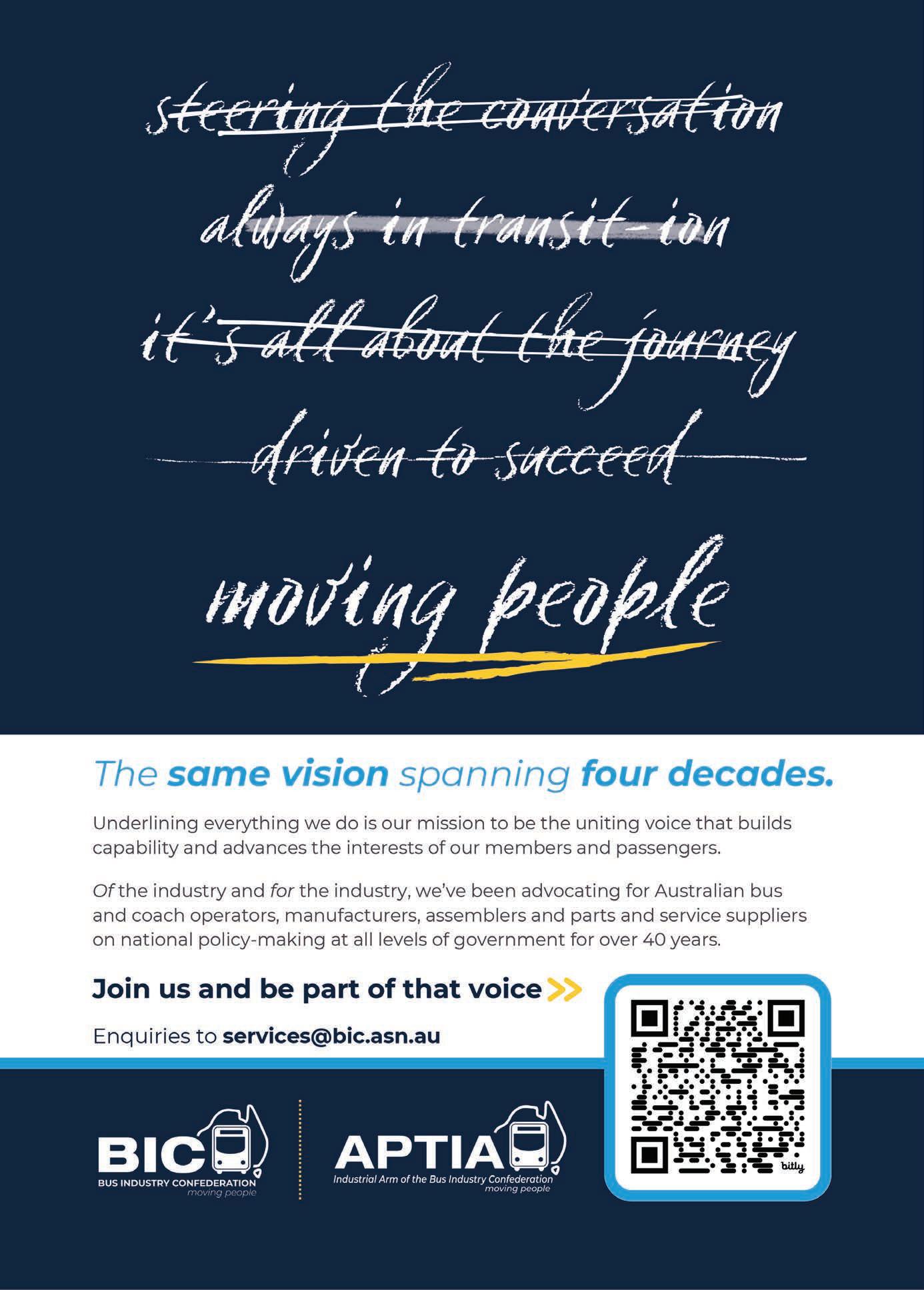

Time to lead, not lag
The South Australian bus industry is standing at the crossroads at a defining moment that calls for bold leadership, national collaboration and smarter future-proofing
BIC executive director
Varenya Mohan-Ram delivered an inspiring call to arms for all stakeholders to embrace regulatory reform, harmonisation and practical pathways to decarbonisation at the BusSA conference in May.
“We’re not just running buses,” he said, “we’re shaping the future of public mobility.”
Fixing regulatory patchwork

A key theme of the keynote address was the urgent need for national consistency in rules and standards: Australian bus operators face a fragmented compliance regime, particularly around fatigue management, vehicle maintenance and emerging low-emission technologies, oftentimes resulting in confusion and inefficiency.
“Clarity and consistency are not luxuries – they are necessities,” Varenya reminded the audience.
“A harmonised national approach is essential if we’re to meet growing expectations while keeping our operations sustainable.”
Varenya also took the opportunity to welcome the appointment of Nicole Rosie as the incoming CEO of the National Heavy Vehicle Regulator (NHVR), expressing strong support for deeper engagement between the NHVR and the bus sector, especially on long-standing compliance issues.
Closing the accreditation gap
South Australia currently lags behind other states in its operator
accreditation framework — a space that undermines both public confidence and industry standards. Varenya made it clear that this must change for progress to be made.
“There’s a choice to be made. Either South Australia lifts its own accreditation standards or we empower the NHVR to manage national accreditation directly. Either way, we need action,” he said.
And this isn’t about burdening operators with red tape. It’s more about ensuring that all operators — especially those already going above and beyond — operate on a level playing field.
Zero emission ambitions, diesel-era contracts
The transition to zero-emission buses (ZEBs) has been underway for quite some time, yet existing contract frameworks remain a major barrier. Many of the current agreements are tailored to diesel fleets, leaving operators to absorb additional costs associated with depot upgrades, charging infrastructure and updating safety protocols.
One insurer, for instance, recommended that a 20-metre buffer zone be implemented between electric buses and buildings or the construction of thermal barriers. These are all requirements that few existing depots can meet without significant capital investment.
“These aren’t fringe issues — they go to the heart of operational viability,” Varenya said.
“If we’re serious about a green
transition, we need contract structures that reflect today’s reality — not yesterday’s.”
A seat at the table
What operators want is to be heard over funding and frameworks. The sector is calling for early, frequent engagement with regulators and governments to co-design the systems that will shape the future of transport.
Varenya weighed in: “We’re ready to lead, but we must be included in the planning because we know what works and we care deeply about getting it right — for our passengers, our people and our planet.”
Unification across the industry
The address concluded with a heartfelt thank you to the operators, suppliers and advocates who keep the sector moving — often behind the scenes and under increasing pressure.
The message was clear: with unity, accountability and smarter policy settings, South Australia can move from lagging to leading the national conversation.
“We’re not asking for handouts,” Varenya said.
“We’re asking for fairness and the tools to deliver the world-class bus network South Australians deserve.”
Varenya went on to congratulate BusSA on a fantastic conference, stating, “BusSA members are well represented”, giving kudos to BIC colleagues Kirsten Jongsma and Dean Moule on their own presentations.
Above: BusSA executive director Craig Spurr at the conference. Image: BIC
Customer centric
Bus Stop Sales’ rich history is currently evolving, with the bus and coach supplier telling Tiarna Condren about its multiple new developments to enhance its Australian vehicle offerings

The Australasian bus and coach industry is continuously changing. A key issue that suppliers face is the level of local content expected for long term supply contracts.
Bus Stop Sales is intent on creating leading solutions for its customer base and being flexible when it comes to supply and delivery to set a benchmark for new bus and coach models in Australia. For operators delivering contracted services across city networks and remote mining operations, this represents a compelling proposition.
“We offer our customers arguably the most extensive range of options when it comes to various stages of bus assembly,” Bus Stop Sales director
Pete White told ABC
“Options include fully assembled in Australia or fully imported for value. We then offer a range of hybrid options in between.
“The focus for us is collaboration and clarity with the customer base to all agree and transparently communicate the level of content needed and delivered.”
While King Long remains one of the flagship brands of Bus Stop Sales, the company’s real strength now lies outside of just the one badge. The ability for Bus Stop to deliver a complete range of vehicles that are tailored to operator and government needs is at the forefront of its value offering to the local market.
From electric school buses to diesel
coaches, 4WD and 2WD options, I-BUS (powered by Isuzu) and even mid-sized alternatives, White says Bus Stop Sales is offering superior flexibility across its product portfolio.
With infrastructure available to support full vehicle manufacturing, CKD (complete knockdown) and DKD (driveable knockdown) assembly, as well as fully built imports, Bus Stop Sales is a supplier capable of responding to the Australian bus and coach industry’s needs. White says the key to success is transparency between the supplier and the customer on what the required local content needs to be.
In collaboration with King Long, the company’s technical and compliance team has played a key role in co-developing a versatile hybrid bus
Above: Operators can choose the right assembly package that works for them
platform designed to support a range of build options.
Whether it be starting with a driveable chassis and frame, integrating pre-assembled components or delivering a fully built solution, the combinations are designed to be flexible. From zero local content through to a local ‘hero’ configuration, Bus Stop Sales can tailor the build to meet each customer’s specific operational and compliance needs.
“When it comes to our customers, one size does not fit all – that is what sets us apart,” White says.
“This approach can accelerate local assembly timelines and reduces build risk while also allowing us to maximise Australian labour content.
“This can include the actual body build, panels, glass and paint right through to electrical integration, complete interior fit-out and compliance testing.”
Operators all around Australia choose the ideal vehicle package based on factors such as price, operational requirements, expected lifespan, local content preferences, manufacturer support and procurement policies. It signals an evolution of choice and preferences for operators to consider and include in their latest models that they order.
White says the program reflects Bus Stop Sales’ broader mission to deliver buses that are locally supported, operationally practical and engineered for the real-world needs of Australian operators and content requirements.
current realities of bus manufacturing – it says no suppliers are able to deliver a 100 per cent Australi
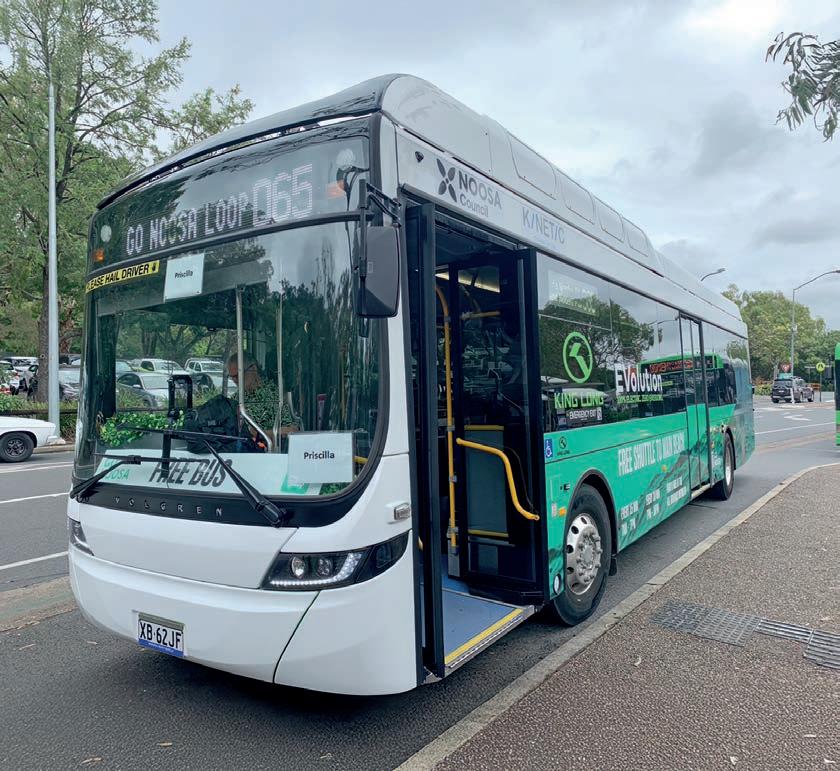
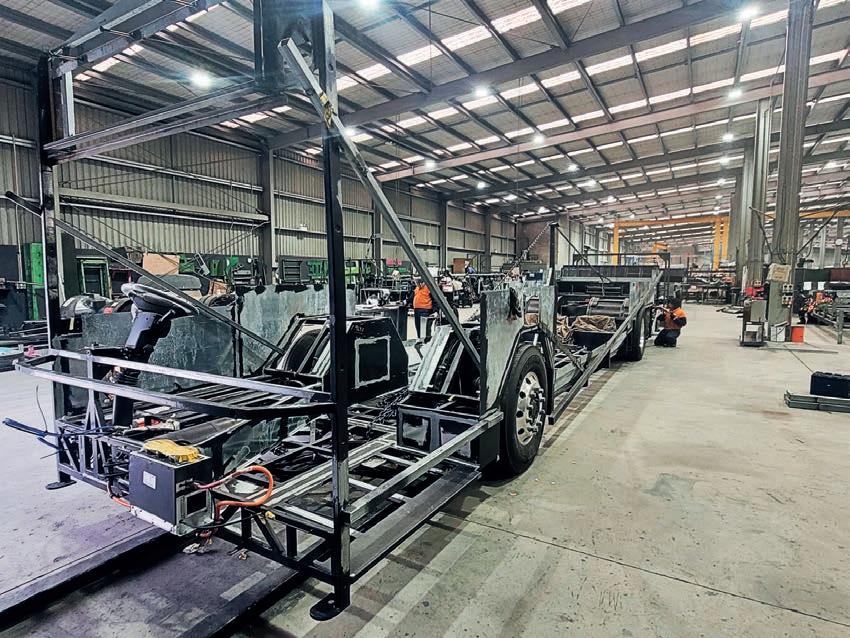
an-made bus, with new assembly options bringing flexibility to local manufacturing and supply.
“All manufacturers rely on globally sourced components from China, Europe and elsewhere. However, our focus is on transparency and balance, identifying what can genuinely be sourced and assembled locally,” White says.
“What we can offer is clarity, collaboration and the right local content for each contract.”
Through its partnership with King Long, Bus Stop Sales accesses a deep well of international research and billions of kilometres of operational trials, in addition to development and
with a driveable chassis and frame, integrating pre-assembled components or delivering a fully built solution
to partner with its battery supplier with tier one aftersales support, offering superior and unmatched Australian aftersales support, for example,” White says.
“We focus on searching for the best components globally with the best support to ensure the product is world class. This is a win/win for all as bus assets need to be on the road to generate a return for the operator.
“In key ZEB drive battery and components, for example, there are no viable and reliable Australian solutions available today, and so we have to be looking at sourcing them overseas.

cuses on searching components globally
“Our approach is to maximise local skills, support Australian manufacturing and ensure that the end result is compliant in addition to being commercially and operationally viable.”
As is seen across most industries in Australia, the current skills shortage in the bus and coach industry and elsewhere is proving to be a hinderance. With driver shortages leaving operators short-changed, and with a drop in apprentices picking up the tools, the question on a lot of people’s minds is how these important people can be brought back onboard.
For Bus Stop Sales, who has seen a shortage in fabrication and mechanical expertise, the company has looked outside traditional

channels to try and find a solution.
Launching its own ‘Future Leaders’ program back in 2022, the company is committing to bringing on more apprentices to find “the next generation of tradesmen and women”.
“Future leaders is about providing career pathways that are supported and attractive to candidates,” White says.
“Attracting talent to our industry is crucial and encouraging non-traditional candidates is important for us.
“Today, we have a diverse range of apprentices including women, Indigenous Australians and mature age staff.”
This focus on skills development is closely aligned with the company’s ambitious expansion plans. With cutting-edge facilities already operating in Brisbane, Sydney and Melbourne, and new expansion planned for both South Australia and Western Australia, Bus Stop Sales is positioning itself to meet growing demand nationwide while also creating local jobs.
“Our investment in people and infrastructure goes hand-in-hand,” White says.
“By growing our facilities and expanding our reach, we provide more opportunities for apprentices to gain hands-on experience and
become an integral part of the industry’s future.”
While plans for SA and WA are well underway, the company has also been making moves in New South Wales. White recently announced that a larger site is on the way to better serve the state and its operators.
The new facility will support Bus Stop Sales’ growing local assembly program and further enhance its ability to offer “genuine Australian content”, something the company says sets it apart in a competitive market.
It is only the start of an ambitious scheme to develop and evolve the
of international research
Bus Stop Sales name in Australia so that it can entrench itself as the go-to bus and coach supplier in the country.
“With our local assembly program and genuine Australian content options, we’re delivering real value, not smoke and mirrors,” White says.
“My family has been manufacturing buses for over 40 years and that experience is built into everything we do.
“This new site is just phase one of an exciting plan to increase support for bus operators and the industry partners we’ve proudly worked
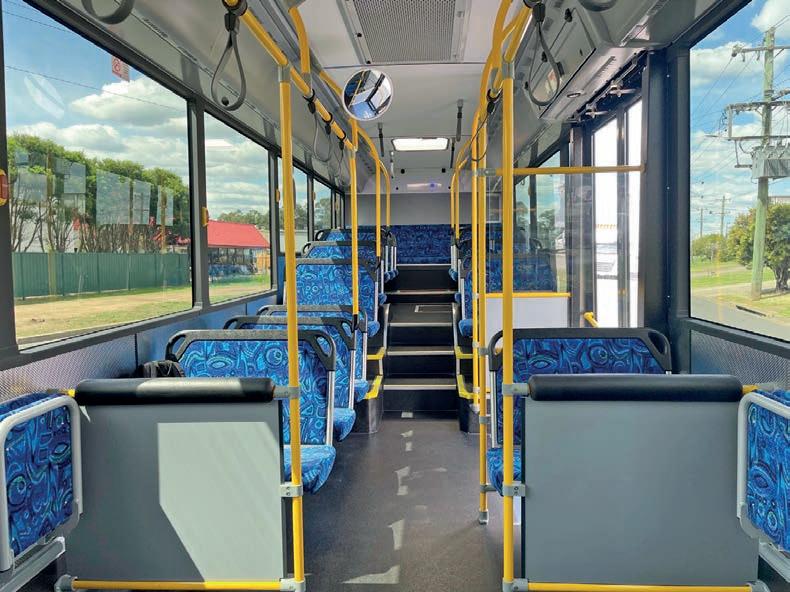
Below: Bus Stop Sales has plans to expand to
Above: Through its partnership with King Long, Bus Stop Sales accesses a deep well






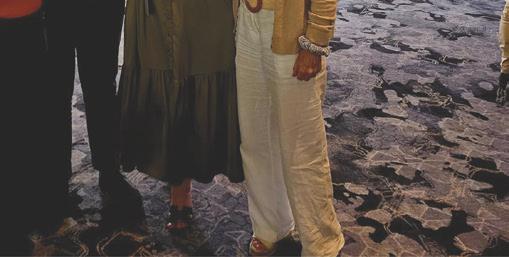






Invest for success
Since entering Australia’s high-floor coach segment, Irizar has carved out a strong reputation by focusing on quality, aftersales support and smart partnerships
When Irizar first stepped into Australia’s high-floor coach segment, it saw an opportunity to do things a bit differently.
Focusing on quality, aftersales support and building solid relationships, the internally renowned body builder laid the foundations for what’s become a steady and
Starting with a clear goal to offer something tailored to the local market, Irizar has gone from a new face in the segment to a trusted name for operators looking for something reliable, well-finished and built for the long haul.
Irizar Asia Pacific managing director Steve Heanes says a lot of the brand’s success can be credited to establishing the right framework internally.
Below: Irizar opts to prioritise service delivery vehicles over acquiring real estate close to
early on, putting the right people in the right management roles and making sure everyone had ownership of their areas,” Heanes told ABC
“It’s not just about selling a vehicle but about how we deliver it, the quality behind it and the aftersales support.
“It’s truly a real team effort and I think that’s allowed us to push ahead.”
While this foundation laid the groundwork for growth, sustaining it in such a competitive market demanded a different way of thinking and a unique product offering.

“The bus market in Australia is largely contract-based and, due to the often-high specifications, doesn’t always leave a lot of room for operators to grow,” he says.
“We wanted to ensure that our products were multi-purpose, allowing operators to use their vehicles more flexibly for charter work or transport services outside of their normal runs.
“That’s what’s helped us gain traction.”
After offering higher spec vehicles like the V/Line and TransWA coaches, Irizar began standing out in the local body builder market. And as demand grew, so did the company’s investment in local operations from parts support to field service teams.
“We’ve really increased our parts
Above: The Irizar Pakenham facility

offerings to ensure our customers can access whatever they need,” Heanes says.
“We’ve gone from having $1.2 million in parts inventory three years ago to over $5 million.”
Relocating to Pakenham, Melbourne just over 12 months ago was also a significant investment for the OEM and its aftersales capabilities. When moving, Heanes says Irizar put its own spin on customer support, opting to prioritise service delivery vehicles over acquiring real estate close to operators.
“Our philosophy is that most of the time the customer wants us to come to them, so there is no point investing in real estate if you’ve still got to drive to the customer,” he says.
“I’d rather spend the extra money in our service vans and our people, creating an aftersales support network that can adequately support our customers.
Irizar is also establishing key partnerships in the parts warehousing area and setting up key satellite operations not only to support large customers but also feed the demand of the medium to single bus operator.
“Our service vans are state-of-theart, and we’re building a team that goes to the customer, not the other way around. That’s the difference.”
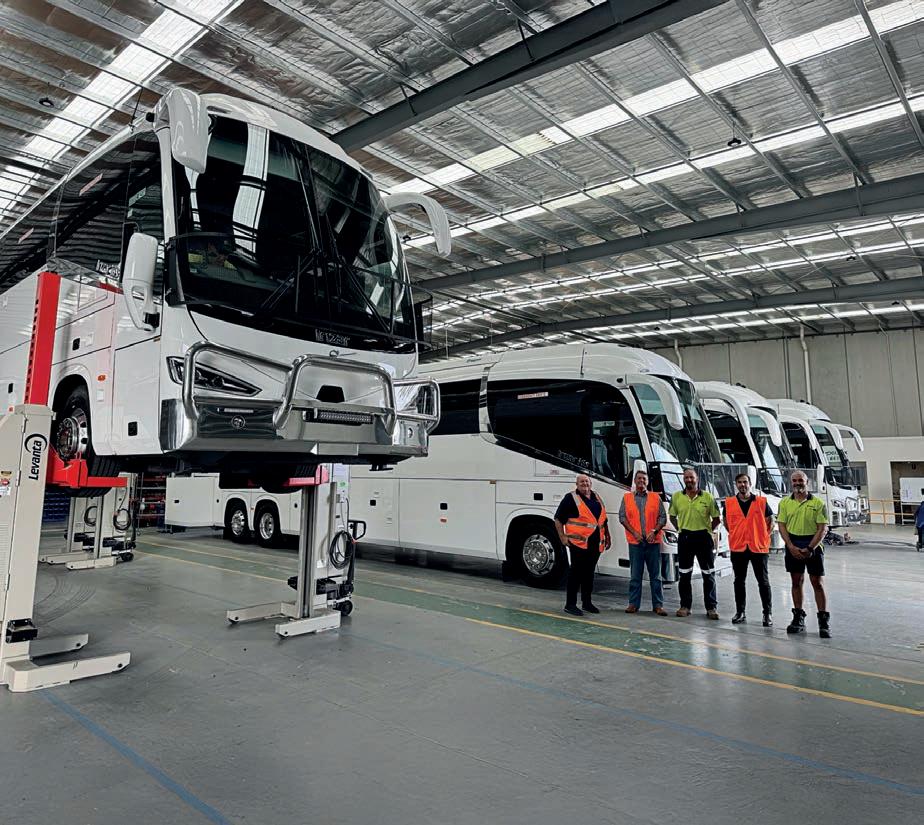
Parts Supply Solutions and Hanover Displays director Fiona Watson told ABC the relationship between the partner companies and Irizar began organically.
Irizar has worked hard to cement themselves in the Australian bus and coach industry, recognising that Australia is one of the toughest markets and has unique requirements.
“They’re not just boxes on wheels anymore. Australian operators want style, comfort and performance, and that’s what we’re delivering. The buses are tailored to their unique operating environments,” Heanes says.
Heanes says the tailoring isn’t just cosmetic – it’s functional. Whether it’s adjusting to dusty regional roads or transitioning to camera mirrors to reduce vibration, Irizar takes local conditions seriously.
“It’s about listening to feedback and improving every time,” he says.
While Irizar has been charging ahead, companies like Parts Supply Solutions and its partner company Hanover Displays have been riding
“Our customers were buying Irizar buses and requesting our equipment, destination signs, roller blinds, spare parts and CCTV. That’s how it started, and it’s just kept growing,” Watson says.
These days, the companies supply both destination signs and CCTV systems – two of the most requested integrations on Irizar coaches.
“We’re down there almost every week doing installations,” Watson says. “They’re one of our key partners.
“Irizar are easy to work with, we just get things done together. If they need a sign or an install, we sort it. The relationship is proactive and really local. That’s what makes it seamless.”
The blossoming partnership has had a flow-on effect for both parties. As Irizar has grown, so has Hanover and Parts Supply.
“More Irizar coaches means more of our products are being specified. It’s part of our broader growth for sure, but Irizar’s success has absolutely
having $1.2 million in parts inventory three years ago to over $5 million
Heanes says the partnership is a “win-win” for all involved.
“When we grow, they grow. That’s the reality,” he says.
As Heanes looks to the future, Irizar’s next chapter includes diversifying beyond coaches and doubling down on aftersales support.
“When it comes to aftersales support, we are still not at the level I want us to be at yet,” he says.
“There is always room for growth and always a way for us to provide better for our customers.”
In the product department, Heanes teased a possible launch for the second half of 2026.
“I hope the bus show next year will serve as the host for an exciting launch for some new vehicles,” he says.
“In order to keep up with the trends and the needs of operators, you have to diversify your offerings. Would we look at city buses or BRT? Is there more to do in the electric space? These are all conversations we are having internally.”
With a stable framework in place and a plan moving forward, Heanes has lofty goals for the future of Irizar in Australia and New Zealand.
The right fit
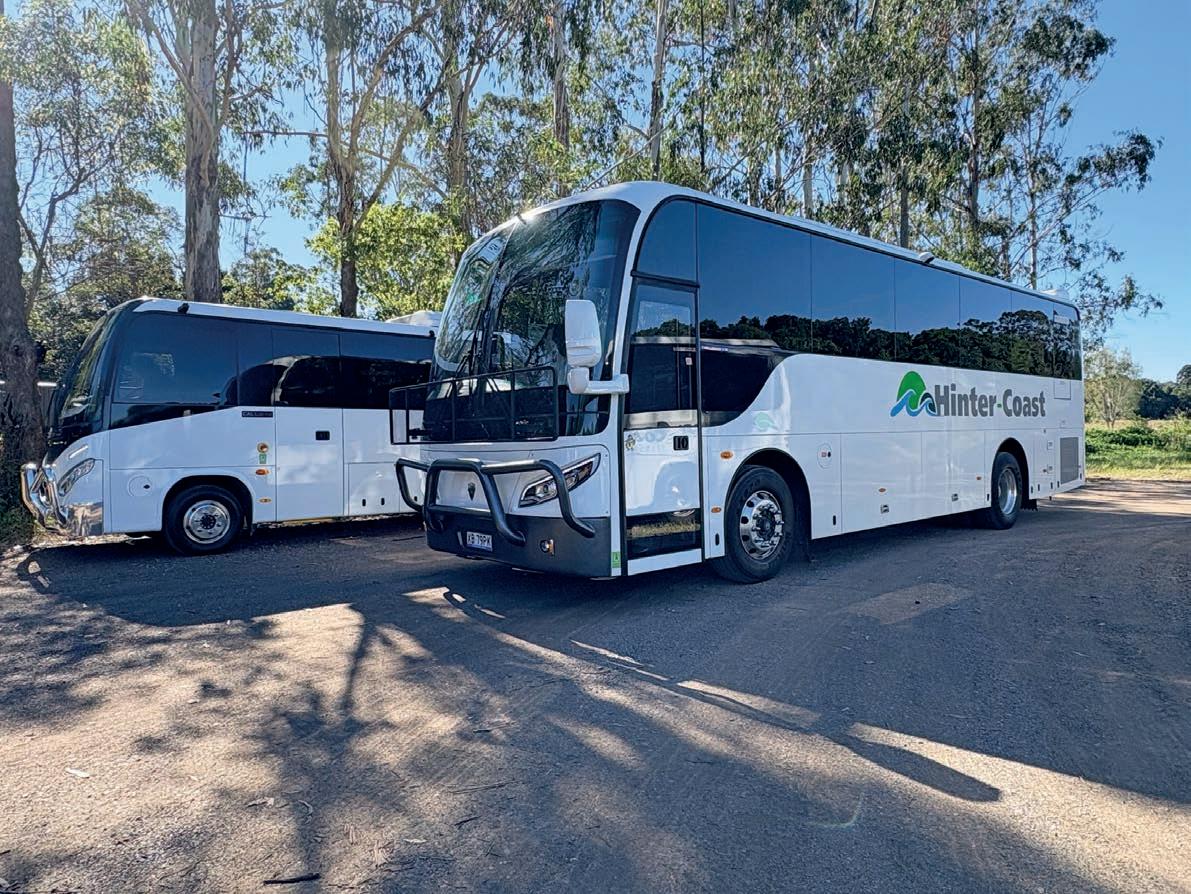
Challenger continues to cement itself as a leader in the Australian bus and coach industry, with its experienced team leading the charge
Building a great bus is a bit like putting on a stage show. You might have a star performer out front in the shiny finished vehicle, but it takes a whole cast and crew behind the scenes to make it all happen.
From the designers sketching the first lines, to the engineers fine-tuning every component, to the sales and support teams keeping customers happy long after the keys are handed over, success in bus manufacturing is always a team effort.
Challenger Bus and Coach has spent the better part of a decade building its team, bringing in industry veterans, technical experts and fresh eyes to its operations.
While it may seem time-consuming and cumbersome to some, Challenger prides itself on its ability to source the very best the industry has to offer. And its newest hire is no exception.
Kicking off his role in July, Challenger has hired long-time transport stalwart Paul Fagg as its first ever general manager.
“I started out as a mechanic, did my apprenticeship with Subaru, then moved into the truck world with
Kenworth, working on the production line and in a range of technical roles,” Fagg told ABC.
“After about five years there, I joined Daimler in 2007 and, apart from a short stint elsewhere, I’ve been with them ever since.
“Over the years I’ve done everything from product management to technical support, regional sales and even helped launch new products from the ground up.”
Despite spending the majority of his nearly 30-year career in trucks, Fagg says he’s been lucky in some of
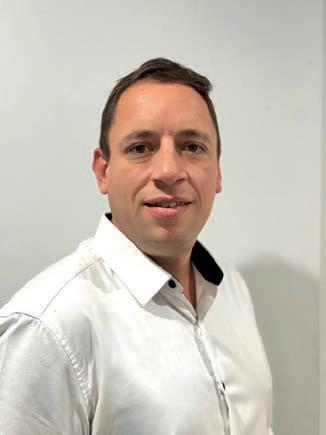
his roles to spend time around buses and is keen to dive head-first into the industry.
“I’m lucky to have a pretty broad experience across the whole automotive industry, which gives me a unique advantage that others may not have,” he says.
“When Challenger called, I said that I have a lot to learn about buses and about the industry, but I am more than happy to take on the challenge.
“I can see that Challenger has a great team and friendly people, but it’s also very focused on quality products, reliability and customer service. From my point of view, that’s really what builds a good business and good product.
“I couldn’t be happier with my decision.”
Joining Challenger as its very first general manager, Fagg says he is excited to work with CEO Greg Sloan and the broader team to “build towards a bright future” for the company.
“I’m keen to combine not only mine but the owner’s vision for the company, and build it around supporting the customers, building
Above: The Callibar and V10 ready for a day’s work
Left: Challenger’s new general manager Paul Fagg
Images: Challenger Bus and Coach
the parts distribution network, support systems and everything involved that goes along with supplying products,” he says.
“The priority for me is setting up the foundations to ensure that we can react and support quickly if there are any problems or breakdowns and we can minimise the downtime to support the customers.
“The second aspect would be looking at where the industry is going, looking at the trends and adapting accordingly.”
Fagg’s first port of call upon starting next month will be heading out across the country to make introductions to staff and customers – something he says he is very excited for.
“I’ve heard amazing things about the team, and their work has been what has made Challenger what it is today. It’ll be great to pick their brains,” he says.
As Fagg says, behind every successful bus delivery is not just a production line, but a well-oiled machine of people, trust and shared purpose.
At Challenger, that team-first mindset is already paying off, highlighted by a recent delivery to Hintercoast Transport.
For the Gympie-based operator, choosing the right vehicles is about practical reliability, service support and long-term simplicity. That’s why owner and diesel mechanic Dennis Smith turned to Challenger for his most recent fleet additions.
Hintercoast recently took delivery of two models, the V10 and the new Callibar.
“What stood out about Challenger was the build quality, especially the steel frame, and the support from the team,” Smith told ABC.
“We’re only a small company, but the Challenger team have been great from day one, both with purchasing and aftersales. Anything we’ve needed, they’ve been quick to respond. That goes a long way.”
Smith says there’s already been positive feedback from both drivers and passengers, with the team eager to jump onboard once they arrived.
“The V10 has been a hit. It drives well and accessibility is spot on. The
Callibar is still pretty new to us, but so far so good,” he says.
“The drivers are still getting used to the electric mirrors, but that’s just part of moving with the times.”
With his mechanical background, Smith places a high value on standardisation and ease of maintenance, something he’s hopeful Challenger will stick with as the brand evolves.
“One of the big reasons we’re considering replacing the rest of our fleet with Challengers is because they’ve kept things simple,” he says.
“If they can maintain that, same filters, same bearings, same layout, it just makes everything so much easier. You don’t want four different types of buses in the shed with different parts on every shelf.”
part in the company’s decision-mak ing, saying that especially for regional and small operators, aftersales support is crucial.
“Aftersales support is very important for regional operators because of not only the terrain we sometimes come across, but because of the size of our fleets,” Hintercoast co-owner Sandi Smith told ABC.
“We have quotes and jobs coming in every day and we can’t afford to have a bus be down. We can’t be without them.
“If we have any drama, we just ring Challenger and they are pretty much straight up here to try and sort things out for us.
“We are incredibly happy with the service that we’re getting from them, and that’s why we’ve decided to go and order another two.”
The Challenger team’s support, combined with a smart, practical


Putting the part in partner
With a passionate aftersales team and a growing parts network, Scania Australia is committed to keeping buses on the road and in tip-top shape
When running a bus fleet, the need to maximise reliability and uptime is critical. When any unplanned downtime occurs, it impacts the entire business, from financial bottom lines to customer satisfaction and brand reputation.
For Scania Australia, ensuring its customers maintain operator profitability and keep buses running is of the upmost importance.
Once a Scania bus or coach is in service, maintaining it in full working order is made possible by a team of passionate Scania aftersales people working in the national parts warehouse in Campbellfield, Victoria.
Here, in a giant new warehouse, Scania keeps significant stocks of service parts as well as crash repair and exchange parts to reduce vehicle off road time to a minimum.
With predictive servicing parameters now in place and a sophisticated vehicle monitoring system up and running, ensuring the right parts are in
the right place at the right time is the aim of national parts logistics inventory manager Matthew Pol.
“Efficient processing and dispatch of parts is one of our core values, as we strive to reduce downtime for customers who may be waiting on repair parts from an unplanned event. Maintaining customer uptime is what drives us,” Pol told ABC.
This month, the national parts team will add a second string to its bow with the opening of a new national parts warehouse in Hope Valley, south of Perth, which will be more than twice the size of the company’s previous WA warehouse.
Able to hold the parts to service the growing number of Scania buses, coaches and trucks now on the road in the west, the warehouse will boast a state-of-the-art processing system and greater floorspace for faster unloading of containers, leading to quicker in/out times for parts, helping to reduce delivery times to customers.
“We outgrew our Welshpool parts warehouse far more quickly than
Above:
With the success of the Scania Touring, the company has significantly increased the number of parts it keeps on hand in Australia. Image: Scania Australia
we anticipated so the new facility in Hope Valley will give us enough capacity for the next decade’s worth of anticipated growth across our truck and bus lines,” Pol says
“With the success of the Scania-Higer A30 and the Scania Touring, the ‘bumper-to-bumper’ Scania coach, we have increased significantly the number of part numbers we keep on hand in Australia.”
The arrival of the new three-axle Scania Touring however will not add greatly to the parts holding due to the modular nature of Scania’s chassis engineering.
“We’re simply adding another axle and a set of brakes to the chassis, so there’s a high level of commonality, which makes servicing easier,” he says.
“The part numbers and stock holding required for regular maintenance should not increase unduly for customers who run their own workshops.
“Historically we used to supply

mostly chassis components to bus and coach customers who did their own servicing, so service parts and some crash parts took up most of our bus and coach holdings.”
Since offering a total package of body and chassis, Scania has switched to holding body panels as well as crash parts such as head and tail lamps and mirrors. Naturally, holding body parts requires more space, which is partly why the company has expanded its warehousing.
“A smashed windscreen means you have a bus off the road, and that leads to all sorts of issues for operators, so we do everything we can to have replacement screens in place and ready for when a customer calls,” Pol says.
“As we move into the battery electric vehicle age, we will see a range of new and different parts coming into the warehouse. But thanks to the new technology, there will be fewer fast turnover parts,

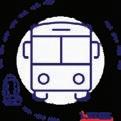


given the reduced number of service items, though we will be keeping replacement battery modules on hand.
“Irrespective of the pace of BEV adoption, though, with city bus working lives remaining at 25 years, there will be plenty of demand for internal combustion engine service parts for quite some time to come.”
For regular replacement parts, Scania has an advanced and automated parts ordering system that ensure supplies of fast-moving parts are always in stock or on your Scania dealer’s shelf.
“We’re using optimised purchasing parameters to ensure the right stock is on hand, and we’re constantly reviewing product and what parts we need to support the product. There’s a continual review and development of what we need and when,” Pol says. One of the elements that helps Scania to accurately predict parts requirements is the data drawn from




tens of thousands of connected Scania buses and coaches operating worldwide. This real time data allows visibility of wear rates across a variety of components, prompting preventative servicing to reduce the potential for unplanned vehicle off-road inconveniences, as well as ensuring replacement parts are in place in good time.
“The Scania parts supply chain and distribution network is an integral part of the Scania bus and coach success story in Australia,” Scania national sales and contracts manager Jamie Atkinson says.
“Customers locked into performance contracts for route services, for example, cannot afford to wait for parts. We work hard to ensure their maintenance programmes can function seamlessly to keep their vehicles on the road, and this is highly valued as part of the Scania partnership promise between us.”




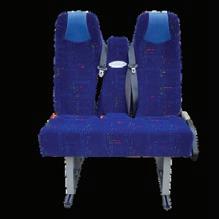





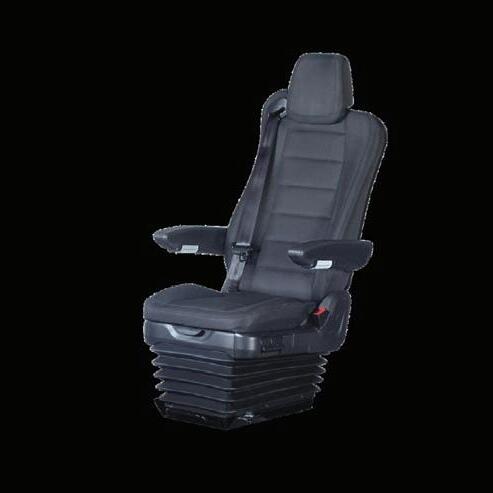
Aussie aluminium
Capral’s ongoing supply partnership with Volgren is allowing the bodybuilder to relish the numerous benefits of having high quality aluminium ready to go from a local source, Sean Mortell reports

As Australia’s largest bus body builder, Volgren has enlisted Capral Aluminium as one of its main material suppliers for its body builds.
Over time, Capral’s aluminium has become so integral that it now forms the basis of Volgren’s body structure. Volgren chief commercial officer and head of strategy Yuri Tessari told ABC that there has previously been confusion around the bodybuilder’s use of materials and that Capral has always remained pivotal to Volgren’s Australian bodies.
“There’s been a misunderstanding in some parts of the industry that, because we use the Co-Bolt gussets from Hess, all aluminium used in our buses comes from Switzerland, but our aluminium is all locally sourced from Capral,” he told ABC
“We only use HESS’ Co-Bolt technology that helps us to bolt and screw our structure together without the need to weld.”
What makes Volgren unique in the local market isn’t its local sourcing of such an important material, but the choice of material that it has made.
Since Volgren was first founded in the 1970s in Dandenong, Victoria, steel has been globally the most popular selection for constructing a bus body.
However, Volgren hasn’t sought to follow the status quo. Its enduring partnership with Capral is all about using aluminium instead of steel, and it started in 1979 when Swedish OEM Volvo partnered with Volgren founder George Grenda to create Volgren and introduce extruded aluminium for bus body construction rather than steel. The bold decision is continuing to have wide-ranging benefits for the growing bodybuilder.
“Aluminium overall is a better raw material to use – it is lighter and has anti-corrosion properties,” Tessari says.
“You can build a body with aluminium that will last longer, regardless of operational conditions.
Above: Capral and Volgren have forged a long-lasting supply partnership for bus manufacturing
Especially when we are venturing into zero-emissions technologies at Volgren, having a lighter body structure provides us with way better fuel or energy efficiency than what we’d get with steel.”
The use of aluminium in Volgren’s Co-Bolt assembly system has been a particular highlight of the bodybuilder’s manufacturing success in Australia. The technology means the Volgren body frame using Capral aluminium requires no welding to assemble – instead, it can all be bolted on, keeping the quality of each Volgren body consistently impressive.
With the use of bolted gusseted joints, Volgren uses Capral’s custom designed aluminium extrusions to avoid the risk of continuous bus vibrations fracturing welds and creates a better quality bus for local customers.
“Welding a bus structure requires lots of welds, so you rely too much on the quality of the work – which is often manual – faulty welds could easily lead
Images:
Capral
to structural breaks,” Tessari says.
“However, with custom aluminium extrusions, it’ll always be bolted to the right tension in the same spot, so we know our bodies are going to last.”
This security in build quality has allowed Volgren to push the limits with its warranty offerings for customers around Australia. By using aluminium on all of its body builds, Volgren has been able to secure key contracts by offering a warranty that in some cases has surpassed 20 years on its models.
“We’ve been able to commit to long warranty periods because we use aluminium that we know is going to last us for a long period of time,” Tessari says.
“It gives us the peace of mind to take a risk in contracts, as we have to consolidate thousands of components into a single bus, so if a critical part like the aluminium isn’t performing, then we can have a lot of issues.”
In a market that is increasingly being influenced by international brands and manufacturers, Tessari says the ability to use locally sourced key materials is a great source of pride for Volgren. Although running a business often means using the cheapest price is best, Tessari says this must be balanced with the priority of engaging with local suppliers to create a high quality product that is also uniquely Australian.
“These are the differences when it comes to local manufacturing and supply – it’s not just about local assembly,” he says.
“We want to buy key components from local manufacturers – it may cost more than importing it from overseas, but we want to invest in the local supply chain and our local partnerships.
“Sometimes local suppliers are taken for granted as just a percentage of local content on a spreadsheet, but to us they mean so much to what we do.”
While Capral and Volgren’s partnership has been enduring, it’s also been enhanced by Capral’s evolving product offer. In 2023, Capral released LocAl®, a lower carbon aluminium option available across extruded and rolled products.

The LocAl offer uses primary aluminium produced with significantly lower embodied carbon.
Most people understand that aluminium is an excellent material for sustainability and circularity due to its ability to be infinitely recycled. What is not well understood is that the production of primary aluminium often carries a high carbon footprint as the process is very energy-intensive.
“In 2025, approximately 30 per cent of the primary aluminium billet Capral uses in its eight local extrusion presses has a carbon content lower than eight kilograms CO2e per kilogram of aluminium,” Capral general manager of supply and industrial solutions Luke Hawkins told ABC
“Approximately 300 tonnes have a certified carbon content lower than four kilograms of CO2e per kilogram of aluminium. This is a strategic change for Capral, driven by our desire to make lower carbon aluminium accessible to Australian manufacturers. The market is looking for this product, and as Australia’s largest extruder of aluminium, we must make it available.”
The carbon emissions in primary aluminium production range from under four kg CO2e/kg Al to over 20kg CO2e/kg Al, largely dependent upon the energy sources used.
The current global average carbon emission for primary aluminium is approximately 12.4 kg CO2e/kg Al.
“At eight kilograms of carbon emissions per kilogram of aluminium, the LocAl Green offer has significantly lower carbon emissions than the current global average for primary aluminium,” Hawkins says.
“It gives Australian manufacturers like Volgren an important opportunity to make more responsible
Above: Volgren has incorporated some of Capral’s newer sustainable aluminium products on its zero-emissions bus builds
procurement decisions when they source extruded aluminium.”
In addition to lower carbon emissions, the primary aluminium offered under the LocAl® brand is sourced exclusively from Aluminium Stewardship Initiative (ASI) certified smelters.
LocAl Green aluminium has become part of Volgren’s material arsenal as the bodybuilder makes innovations in the zero-emissions bus body space, focusing development on efficiency improvements, weight reduction and more responsible material sourcing.
“We’ve been able to achieve up to 350 kilograms of weight reductions on our bodies when compared to an equivalent steel body structure,” Tessari says.
“This gives us better fuel and battery consumption on all bus body models that we produce.”
Like Volgren, Capral is a proud Australian manufacturer. Recently Capral joined the well-known Australian made campaign and its locally produced extrusions carry the recognisable symbol of the green and gold kangaroo. With global geopolitical forces continuing to create headaches in the international steel and aluminium markets, Tessari is rapt to have a local partner in Capral around for the long haul.
“As we keep building on our product designs, we won’t stray from using aluminium from Capral – we’ll continue working with them to update our product range as we move forward,” he says.
“We see opportunities to improve our products going forward, and a big part of this centres around using Capral’s aluminium extrusions in a variety of ways to innovate.”
Staying safe
Keeping safe on the roads is more important than ever, with the BusSAFE program ensuring the right education and warnings are given out
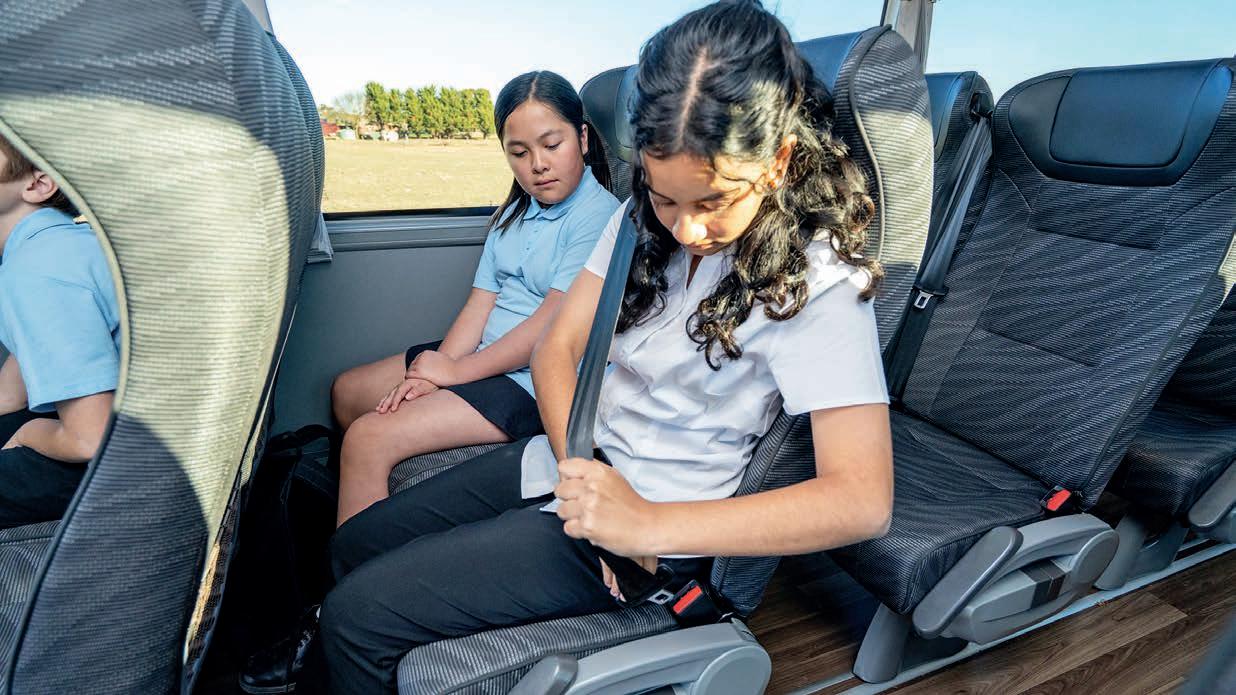
BusSAFE is a national bus safety education program led by the bus industry, tailored for regional and rural students for whom bus travel to and from school is a daily necessity.
Established in South Australia in 2022 after a tragic accident, BusSAFE is now in a national trial phase until Term 1, 2026, with the support of the NHVR’s Heavy Vehicle Safety Initiative.
BusSAFE presenters visit schools to deliver curriculum-aligned, fun, interactive sessions for Prep to Year 9. There are videos, games and, for primary students, a visit from a school bus for a first-hand look at its safety features.
BusSAFE sessions aim to teach the importance of staying alert at the bus stop or drop off area, demonstrate safe seatbelt and headphone/phone use, encourage respectful behaviour
toward drivers and fellow passengers and examine sustainability and the community benefits of bus travel. The sessions also promote bus safety as a shared responsibility, educate students about bus blind spots and discuss how to cross the road safely near buses and show students what to do in an emergency.
What’s involved for bus operators?
During the trial period, there is no cost for BusSAFE materials and training for BIC and state association operator members, other than the cost to your business of supplying a bus and representative for each school visit. Deliver as many sessions as your operations allow. There are two ways to implement the program:
1. Nominate a member of staff to be a BusSAFE presenter, giving you
the ability to embed ongoing safety education into your community outreach. This approach is available for operators nationwide who commit to delivering sessions in more than five of their contracted schools during the trial period. These operators will be provided with all the materials and training needed to start delivering sessions to schools. All BusSAFE seeks in return is for session details and feedback to be recorded via a central system to ensure the effectiveness of
2. If internal resources are unavailable for an in-house presenter, members in South Australia, Tasmania and Queensland may access independent BusSAFE presenters until Term 1, 2026. In this case there is no commitment other than providing a bus and driver for school visits.
What are the benefits?
Educating our youngest road users about bus safety has wide-reaching benefits.
Foremost is student and driver safety. Beyond the immediate advantages of increased safety awareness, fostering a safety mindset is a long-term investment in creating informed, responsible passenger transport users for the future. For bus operators, BusSAFE benefits are broader. Peter Bowman, state manager for BusBiz in SA, reports that having one of his drivers take on a BusSAFE presenter role has been “a win for us as a company … present[ing] a positive image of our company, in particular in the schools where we are the contracted provider”.
For more information about the BusSAFE program, visit www. bussafe.com.au, email info@ bussafe.com.au or call (08) 8269 1077 to register your interest.
Above: The program teaches children the best way to stay safe around buses. Image: BusSA
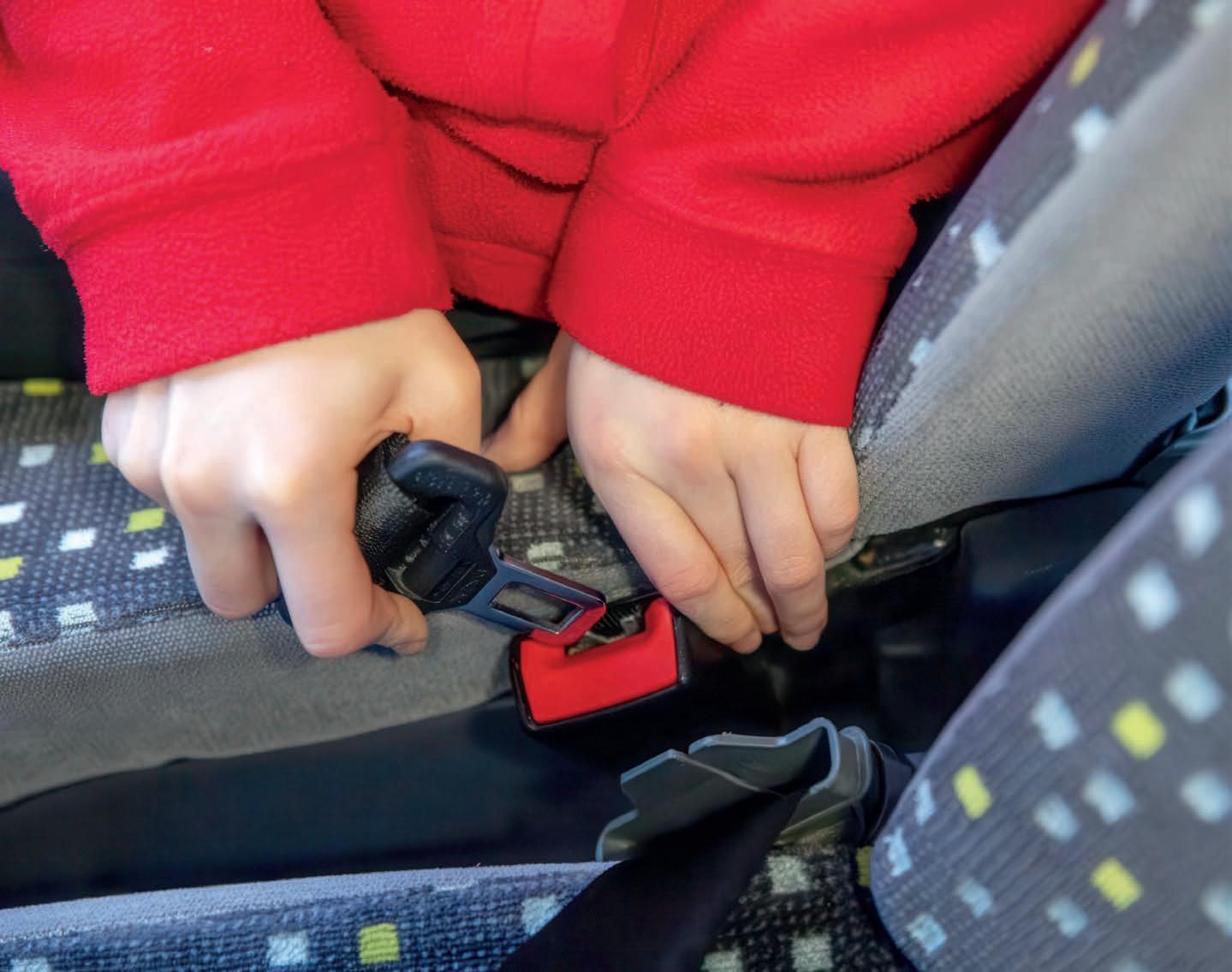
ISpecifying seatbelts
Dean Moule and BIC provide the industry with some clarifications regarding the latest seatbelt reminder systems ADR for buses and coaches
t’s been nearly half a year since a new Australian Design Rule (ADR) was launched to make passengers safer in the nation’s buses and coaches. In January, ADR 68/01 – Occupant Protection in Buses was announced to improve seatbelt wearing rates. Through visual and audible warning requirements commonly known as seatbelt reminder systems, the ADR regulates the installation and use of this technology to ensure more patrons wear their seatbelts correctly.
This doesn’t mean it’s been a clearcut move for the nation’s bus and coach industry. ABC caught up with Dean Moule, the national technical manager of the Bus Industry Confederation (BIC), to help provide a clear explainer so all members of the sector understand their responsibilities to meet the new ADR.
“There was a need to improve occupant safety, specifically seatbelt usage in buses where they are provided,” he told ABC
“The whole idea is light on technology – it’s about simple and long lasting in-vehicle measures that are designed to be supported by bus seatbelt education programs and public awareness campaigns.”
The ADR was introduced as a direct response to the Hunter Valley bus crash in 2023 and industry lobbying. The requirements of the
rule was for any new bus and coach models fitted with seatbelts to also be fitted with visual signage and audio announcements for seatbelt wearing from November 1, 2026 for new models. From November 1, 2027, these systems will need to be on all new buses that are fitted with seatbelts.
But what constitutes a sufficient seatbelt reminder system? Moule says the visual and audio alerts need to encourage usage where three-point seatbelts are already fitted. This includes a label on the back of each seat with the words ‘fasten seatbelt while seated’, a lit sign on each cabin bulkheads saying ‘fasten seatbelt’ and an audio announcement saying ‘please fasten seatbelt while seated’ when the last door closes.
The wording of the ADR, like most ADRs, means the industry doesn’t need to worry about fitting these systems onto existing buses with seatbelts.
“As a general rule, ADRs are not retrospective – they are a design or safety improvement from a specific date,” he says.
“Seatbelt detection sensors are not mandated, and existing buses in service are not required to be retrofitted with the requirements of the new ADR 68/01.”
The ADR only applies to vehicles that have seatbelts fitted, but there are exemptions included.
If it is a ‘route service omnibus’ not equipped with any passenger ‘seatbelt assemblies’, or “an omnibus with less than 17 seats including the driver”, it is exempt from meeting the ADR. By the letter of the law, this means any bus with space specially designed for standing passengers is exempt from fitting seatbelts for passengers.
Furthermore, there’s no volume specification for the audible announcement in the ADR, although it must be audible to all passengers. There are also no variations on the wording that can be used, as specified in the ADR.
Moule says BIC’s aim is to now call for further seatbelt laws that make bus passengers safer than ever before.
“We want drivers to focus on the road, and this helps by giving them one less thing to worry about,” he says.
“We still want national uniformity on seatbelts on dedicated government school bus services. We will continue to advocate this for our members until there is uniformity.
“Safety is not expensive, it’s priceless.”
BIC has also published a frequently asked questions (FAQ) guide to support industry, which is available on their website at bic.asn.au/wp-content/uploads/ Seatbelt-ADR-68-01-FAQApril-2025.pdf
A family affair
With a combined career of five decades at Volvo, David and Stuart Woodward are a father son duo that’s able to successfully mix family and business
When David Woodward first picked up a spanner in 1976, the world, and the bus industry, was a very different place.
There were no laptops on workshop benches, no electric drivetrains humming quietly out of depots, and zero-emissions targets were still decades away from shaping the future of fleet design. It was a time of grease, grit and hands-on learning.
Yet despite the myriads of changes, one thing has stayed consistent; David’s passion and commitment to the industry.
David’s entry into the trade was as traditional as it gets – a hands-on mechanic apprenticeship with a local bus company, inspired by his father who also worked in the industry.
“I’ve only ever worked in buses. I started in 1976, did my time, moved around a bit and just stuck with it,”
David told ABC
Eventually moving over to Volvo Bus Australia 30 years ago, he took on the role of regional service manager for NSW and the Northern Territory.
Over the decades, that evolved into a national training role, where David has become Volvo’s go-to technical expert, affectionately referred to by
colleagues as a “technical guru”.
These days, he’s the bloke everyone calls when something needs fixing, from driver training to troubleshooting technical issues, day or night.
“If someone’s got a problem, I want to help them fix it,” he says. “That’s just how I’m wired.”
The bus bug eventually trickled down to other members of David’s family before eventually landing on his son. For Stuart, growing up around buses felt totally normal. He was tagging along with his dad on weekends and school holidays, soaking up the workshop and developing a passion of his own.

also was very helpful.”
Below: David and Stuart Woodward

don’t see eye to eye 100 per cent of the time on 100 per cent of things,” Stuart says.
“But we never let that kind of energy or conversation leave work, and we never bring it home.”
While both men hail from different eras of the industry, ask either of them what keeps them in the industry and the answer is the same. Relationships.
“I’ve made lifelong friends through buses,” David says. “Some of the best people you’ll ever meet are in this game.”
For Stuart, it’s about trust and showing up, not just when there’s a sale on the line.
“Dad always said that the bus industry is a person-to-person business. You have to be there in the good times and the bad,” he says.
“They need to know that you’re here to help if needed, but you’re also here to see them win.”
experience at the company between the pair, they have both built a reputation of exceptional service and kindness.
“There’s a saying around here, ‘what David doesn’t know about Volvo buses is not worth knowing’,” Stuart says.
“But I know that even if he doesn’t know it, and it’s not worth knowing, he’ll still find it out anyway.
“He’s the type of guy that will never let anyone down if they need help. He will continuously go out of his way to ensure every problem is fixed and can know everything that is possible.”
While it’s often said that one should never mix family and business, the Woodward duo say that their working relationship has only improved their father/son bond.
When the pandemic hit and travel was limited, Stuart still had deliveries to make, and instead of trekking across the country alone, he invited his father to come along for the ride.
“He saved my life honestly,” David says.
“I was stuck in the house, unable to work, and I felt like I was going crazy. Being able to follow him and pick him up from deliveries was a saving grace.”
at work, but at the dinner table too.
“I learned pretty quick to double-check everything,” he laughs.
Still, there’s a deep respect between them. They bounce ideas off each other, keep each other grounded and know where the line is drawn.
“It’s always a challenge when you work with family, and obviously we

After decades on the tools, David and Stuart have seen the bus industry transform in ways they never imagined. While the hands-on, greasy days may be behind them, the pride in their trade remains as strong as ever.
“I never thought I’d be working on a bus with a laptop,” David laughs. “But now it’s every day of the week.
“I wouldn’t hesitate to recommend the heavy vehicle trade to anyone. It’s been good to me and Volvo’s been great. They’ve always looked after their people.”
What shines through in every part of their story is loyalty. To each other, to the industry and to the customers they support.
“At Volvo, we’re here for the long haul,” Stuart says.
“Customer success is our success. That’s what drives us.”
There’s excitement, too, about where things are heading, from zero-emissions technology to smarter, cleaner fleets. And for all the changes over the years, one thing hasn’t shifted – their commitment to fairness, relationships and solving problems the right way.
“People in the bus industry tend to stick around,” Stuart grins.
“But staying with the same company for 30 years? That’s something special. And we’re proud of it.”
Below: Back when Stuart first st arted with Volvo
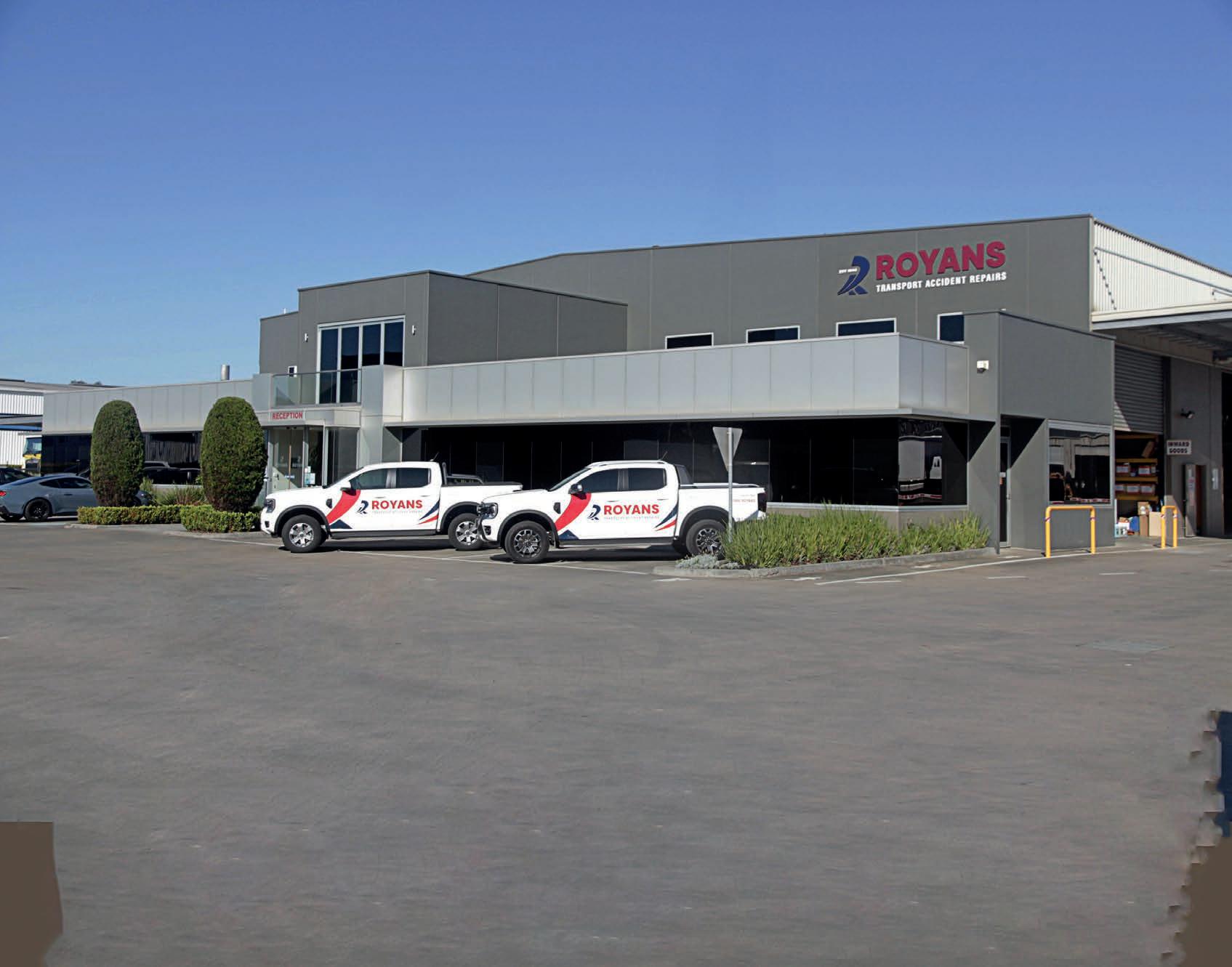
Easy access
With a spread of locations across both Australia and New Zealand, Royans Group continues to showcase its commitment to the bus and coach industry
When you think of a smash repair business, you might picture a single bustling workshop tucked away in a capital city. Tools clanging, spray guns hissing and a handful of skilled technicians working away on dented panels and scratched paint.
But Royans Group is no ordinary repairer.
Far from being a lone garage, Royans has expanded over the years into a seamlessly connected network of 27 workshops that employs over 630 specialised staff.
Strategically located across Australia (21 branches) and New Zealand (six branches), the sites work in harmony to keep buses and coaches moving.
Its expansive footprint means operators can rely on the same high standards and fast turnaround, whether they’re in Sydney, Perth, Auckland or anywhere in between.
“Having one business with 21 workshops across Australia is incredibly beneficial to operators,” Royans CEO David Church told ABC
“The customer can pull into any of our workshops and have something checked out.
“That’s the beauty of the branch network.”
Each of the Royans sites are fully equipped to handle a variety of issues, from accident repairs, body maintenance and panel damage to refinishing, chassis alignment and a wealth of other services.
“Each of our sites can handle the smash repair of buses,” Church says.
“We’ve tackled everything from minor panel damage to complete front-end removal and reinstalling new chassis frames.
“Conversions like wheelchair access or toilets – those go through Coachworks. But repairs? That’s every branch.”
Every job benefits from the company’s deep bench of experienced tradespeople, many of whom have spent decades with the business.
And it’s not just the people, it’s the gear too. The company is currently building a new purpose-built facility in Christchurch which will bring together two of its existing sites into one expansive workshop, fully fitted with drive-through and end-draft spray booths, overhead cranes and Josam chassis repair equipment capable of handling everything from light buses to heavy coaches and trailers.
“One of the biggest advantages we offer our customers is flexibility and consistency,” Church says.
“If you’re a bus operator working
interstate or long distance and you’ve had repair work done at one of our locations, you can drop into any other branch in the network and we’ll take care of it. It’s one business with national reach.”
That flexibility becomes especially valuable in the event of an accident. Operators aren’t limited to one familiar workshop, with Royans actively presenting the best possible options, often helping customers cut down wait times significantly.
“For instance, if an accident happens halfway between two of our

Above: The Royans Group Bayswater head office
Below: David Church,

to your usual branch, or go north and save two weeks on repair time’,” Church says.
“It’s up to the customer, but we always give them the best available option.”
With such a large geographic footprint, maintaining quality and consistency is no small feat, with the company placing enormous emphasis on training and internal collaboration.
“There’s constant training across the business, in safety, processes and in new vehicle technologies,” Church says.
“If one branch comes across a new type of repair, they’ll reach out to others who may have done it before. That kind of communication is embedded into our culture.”
This is especially critical as electric buses become a growing part of the industry. Royans is actively working with OEMs and other training providers to stay ahead of the curve, ensuring its technicians are upskilled to handle new technologies as they enter operator’s fleets.
One of the new ways the smash repair company is ensuring this knowledge is with the launch of its Apprentice Academy in 2024.
Now in its second year, the program brings together apprentices from across Australia and New Zealand for an immersive introduction to the business, offering more than just technical training.
“It’s about showing them who we are, what we do and what kind of future they can have here. We want them to know there are real career paths beyond the trade,” Church says.
The academy rotates locations, with last year’s held in Victoria’s Yarra Valley and this year’s in Eastern Creek, NSW.
Royans also offers staff relocation opportunities across its sites, both domestically and internationally, preserving valuable experience within the business while giving individuals room to grow.
“We understand that sometimes there are personal reasons for needing to relocate, and we always strive to give our staff the opportunity to move to another branch, so we don’t lose their experience,” Church says.
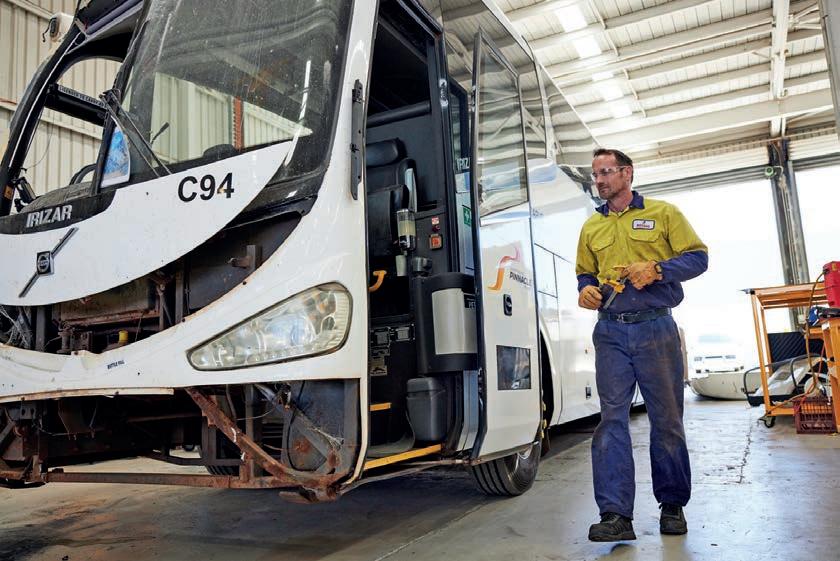
“Some may just want a fresh start, or to try something new, and we will accommodate that.”
Beyond internal development, Royans is also working to raise the profile of the broader transport repair industry.
At the recent Brisbane Truck Show, Royans hosted a three-day event at The Depot, welcoming school students and introducing them to career opportunities in heavy vehicle repairs to play its part in building the next generation of industry talent.
“We’re doing as many things as possible to try and educate and get more people involved,” he says. What truly distinguishes Royans in the eyes of customers is its deep understanding of transport operations and the pressure to keep
Below:
Now in its second year, the apprentice program brings together apprentices from across Australia and New Zealand
vehicles moving.
“Turnaround time is critical. We know our customers can’t afford to have buses or trucks off the road for long,” Church says.
“Because of our size, experience and network, we’ve got better access to parts, and we can get the job done quickly without compromising on quality.”
With a trans-Tasman footprint, a highly skilled workforce and an eye on future technologies and training, Royans is setting a benchmark for how a modern transport repair business can scale without losing its local focus.
“We’ve been going strong for 81 years now, and it’s this experience that keeps us one step ahead,” Church says.

Above: Work being done at a Royans branch in Kewdale, WA



BusSAFE National School Bus Safety Education Program
Exclusive Opportunity for BIC and State Association Operator Members
BusSAFE is a national bus safety education program led by the bus industry. BusSAFE presenters visit schools to deliver fun, interactive sessions for years Prep to 9. There are videos, role play and - for primary students - a visit from a school bus to learn about its safety features.
BusSAFE sessions educate students to make safe, healthy choices on and around buses. Students learn about bus blind spots and the importance of staying alert at the bus stop. Sessions also cover safe seatbelt, headphone and phone use, emergency procedures and encourage respectful behaviour toward drivers and fellow passengers.
What is involved for operators?
What are the benefits?
Delivering this critical safety education highlights your comittment to the welfare of both your drivers and the students you transport. This is the kind of proactive education that builds lifelong passenger-transport safety mindsets.
Like to know more?
Visit www.bussafe.com.au, email info@bussafe. com.au or call (08) 8269 1077.
Deliver as many sessions as your operations allow. Embed ongoing safety education into your community outreach by nominating a member of staff to be a BusSAFE presenter. Training and materials are free of charge for Association members. Members in SA, QLD and TAS have the further opportunity to use our independent presenters. Get in touch to find out more.





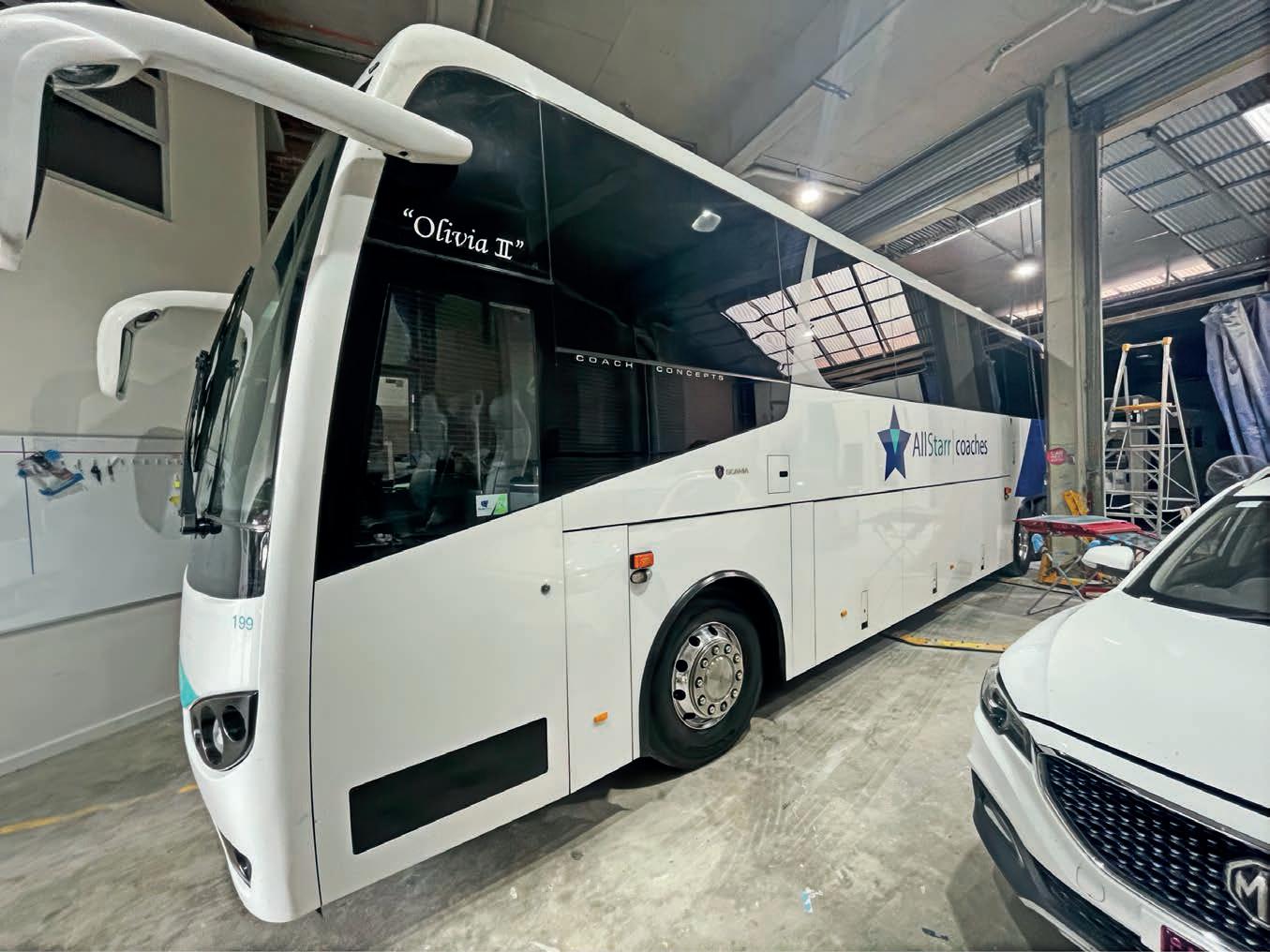
Saving grace
Damage to a bus or coach is never fun, but Botany Smash Repairs is intent on making a difficult situation easier for operators around the country
It’s a thought that keeps many a bus operator up at night. Tossing and turning, stressing that both their asset and their people are safe. A crash may be a nightmare for bus and coach companies, but the nature of the industry’s work means it’s also always a danger.
While nobody wants to be part of a crash while at the wheel of a bus or coach, knowing that you have a business ready to repair your vehicle and return it to the roads in pristine condition is a welcome assurance. For more than 25 years, Botany Smash Repairs has been the safety mat for plenty of heavy vehicle operators.
While the repairer welcomes vehicles of all sizes, it’s in the heavy vehicle space that it’s become an expert in restoring broken beauties into shining models ready to return to service.
As a preferred repairer by Australian specialist insurance provider NTI, Botany Smash Repairs is continuing to grow its presence in the local bus and coach industry. With this experience
comes a unique understanding of the sector and what operators need from a vehicle repairer.
If you own a car and crash it, there’s plenty of stress when it comes to getting it repaired while also navigating anywhere without it. If it’s a bus or coach that you own, then you have a whole other raft of issues involved. Operational costs can stack up each and every day that the vehicle is out of action.
The Botany Smash Repairs team know this, and make it their highest priority to get the vehicle repaired and returned to its former glory in the quickest time possible so that operators aren’t left with excessive downtime.
By limiting the time vehicles are left out of service, Botany Smash Repairs helps limit the damage if a collision does occur.
Coming with the trade of heavy vehicle repairs is a wide range of specialties. Whether it be panel beating, collision repairs, smash
repairs, spray painting or building, Botany Smash Repairs can complete jobs for all kinds of commercial and everyday vehicles.
From minor repairs to an extensive rebuild, or even a customised vehicle conversion, Botany Smash Repairs has cultivated a team of experts to ensure any buses or coaches can be restored to their prior conditions.
Currently, Botany Smash Repairs is offering free excess for its repairs (terms and conditions apply), making life even easier for bus and coach operators if they’re confronted with the difficult scenario of a collision.
The repairer encourages any bus or coach companies interested in securing a partnership with the repair group to reach out and discuss how Botany Smash Repairs can help in times of need.
The repairer’s goal is to continue growing the Botany-based business in New South Wales to become the go-to repairer for any bus or coach crash damage in the future.
Above: AllStar Coaches is one operator that will often use the repairer. Image: Botany Smash Repairs
$12.3 million contract awarded to electrify Karrinyup depot

A major $12.3 million contract has been awarded to JET Charge to retrofit the Karrinyup Bus Depot with electric charging infrastructure, marking a significant step in Western Australia’s transition to cleaner public transport. The works will equip the depot to support up to 110 electric buses, with the first EV bus expected to begin operating from Karrinyup in early 2026. This will be the first electric bus service to run outside of the CBD.
The upgrade includes EV


charging equipment, substation improvements, CCTV upgrades and other supporting infrastructure, following similar upgrades completed last year at the Elizabeth Quay Bus Station.
“We made a commitment to phase out the production of diesel buses and this contract award is a major step in making that a reality,” WA transport minister Rita Saffioti says.
“With every new electric bus that is entered into service we

need to ensure that our depots have the infrastructure in place to keep the fleet running efficiently and effectively.
“It is imperative our bus depots incorporate EV infrastructure so that the transition from a diesel-heavy fleet to one that includes cleaner, greener buses happens as smoothly as possible.”
The Karrinyup project is part of a broader $250 million electric bus program, jointly funded by the state and federal governments. The initiative aims to replace 130 diesel buses with electric models and includes depot upgrades at Malaga and a new facility in Bayswater.
Scarborough MLA Stuart Aubrey says the development would directly benefit local residents.
“I am thrilled that our community will be among the first outside the CBD to get access to electric buses,” Aubrey says.
“We made a commitment to phasing out diesel buses from our network, and the delivery of new electric charging infrastructure at our depots is critical to achieving that.”
The Karrinyup upgrade is expected to be completed by the end of 2025.


Plotting the way forward
BIC executive director Varenya Mohan-Ram lists the association’s key topics for change that it’s ready to discuss with the latest federal government
It’s been more than a month since the federal election was run and done, with Labor swooping to claim a major victory across the nation. As the latest federal government prepares for its next term in office, ABC sat down with Bus Industry Confederation (BIC) executive director to discuss what implications the election result has for the industry.
“One has to congratulate Labor on a really well run campaign that was solid and disciplined,” he told ABC
“They stuck to their core values. For BIC, this gives us continuity and assurance in what the next three years look like.”
Varenya says the main benefits of Labor being re-elected mean previous commitments are most likely to hold true, meaning long-term planning can come back on the cards for the entire industry. Varenya is hoping a stable government can circumvent some worrying trends being seen in the world’s transport markets.
“With the cost of capital becoming more expensive due to global inflation, it puts our financiers and investors in a precarious position,” he says.
“So, we welcome continuity and stability.”
When the dust settles and BIC begins having conversations with federal ministers once again, Varenya has three key pillars he wants to see actioned “with some haste”.
“The first is the recruitment and retention of drivers issue, while the second is about working with states and territories to define local content,” he says.
“The third pillar is a broader discussion on procurement around the nation. All three of these parts come back to continuity and stability – prior to my time as executive director, BIC had started these conversations with government, but now we need to continue them to show the government that we’re focused on these issues.”
Varenya says he knows how these three priorities interconnect with the government’s own focuses, meaning BIC can work to extract benefits for the industry.
“BIC wants to work with every government of every persuasion, but we have a responsibility to our members and the industry to see how the current government’s goals work with our own,” Varenya says.
The idea of local content when it comes to bus and coach manufacturing has been a constant topic of discussion for the industry in recent years, but under the next term of government, it’s set to intensify. With more international manufacturers establishing bases in Australia and announcing plans to assemble or produce vehicles within the country, there’s a need for clarification on what constitutes local content in Australia’s industry.
“We want to have dialogue on what
Above:
The BIC leader says defining local content is a key focus he has for the next federal government. Image: jiriviehmann/ stock.adobe.com
the incoming government thinks about local content,” Varenya says.
“It will only get more complex if we receive no definition. The idea of local content is important to our bottom line and the current price points that do exist. We need the country and our industry to benefit from having international companies producing buses in our nation. We need an equal playing field for all.”
From a broader workforce perspective, Varenya wants the next government to ensure the industry’s workers are well looked after to help make the sector more lucrative, thus solving the current skilled worker shortage.
“With Labor always having a good relationship with the union movement, where the economic employer is the government, we want to know how operators and associations can work with the union movement to ensure workers in our industry receive the right wages.”
While Varenya is congratulatory to the Labor party, he’s also hoping the Opposition can provide a productive presence to create a productive term. On his side, the focus will be to push key issues to the government to gain some improvement in the industry.
“We as an association want to make sure we’re putting our case forward so that government understands what we want as an industry,” he says.
Road safety is not pot luck
QBIC discusses why zero limit drug laws for commercial drivers must stay in place
As the use of medicinal cannabis continues to grow across Queensland and Australia, discussions about its impact on road safety, particularly for commercial drivers, are becoming increasingly important. The QBIC office over the past 12 months has experienced an ever-increasing number of questions regarding medicinal cannabis and its legality for drivers with a prescription. To be clear, in Queensland there is a zero limit for cannabis use for both commercial and private drivers regardless of how it is procured.
determine impairment is non-existent. Let’s make one thing clear: impairment is not something that can be reliably assessed by any person on the side of the road or a depot manager or supervisor at the start of a shift.

Recent calls for reform of roadside drug testing laws, advocating for protections for medicinal cannabis users, raise questions about the current fairness and practicality of regulations prohibiting its use. While these opinions are driven by a desire to accommodate patients who use cannabis under medical supervision, the simple truth is that Queensland’s zero limit approach to THC in all drivers including commercial drivers must remain intact, especially when the technology to accurately
Queensland’s zero blood alcohol concentration (BAC) limit for commercial vehicle operators is a critical safety measure that QBIC support wholeheartedly. The logic here is simple – if a driver’s BAC is anything other than zero, they are deemed impaired, regardless of how “fine” they may appear at the time. This policy is in place to protect public safety, protect the industry’s reputation, operators and drivers. It is effective because we have reliable, cost effective and scientifically proven tools to measure impairment. If we accept a zero-limit approach for alcohol, it follows that we should apply the same standard to cannabis. The primary concern with medicinal cannabis is not its benefits to patients – it’s about addressing impairment from a first principles perspective. Impairment of drivers must remain zero for all substances, including
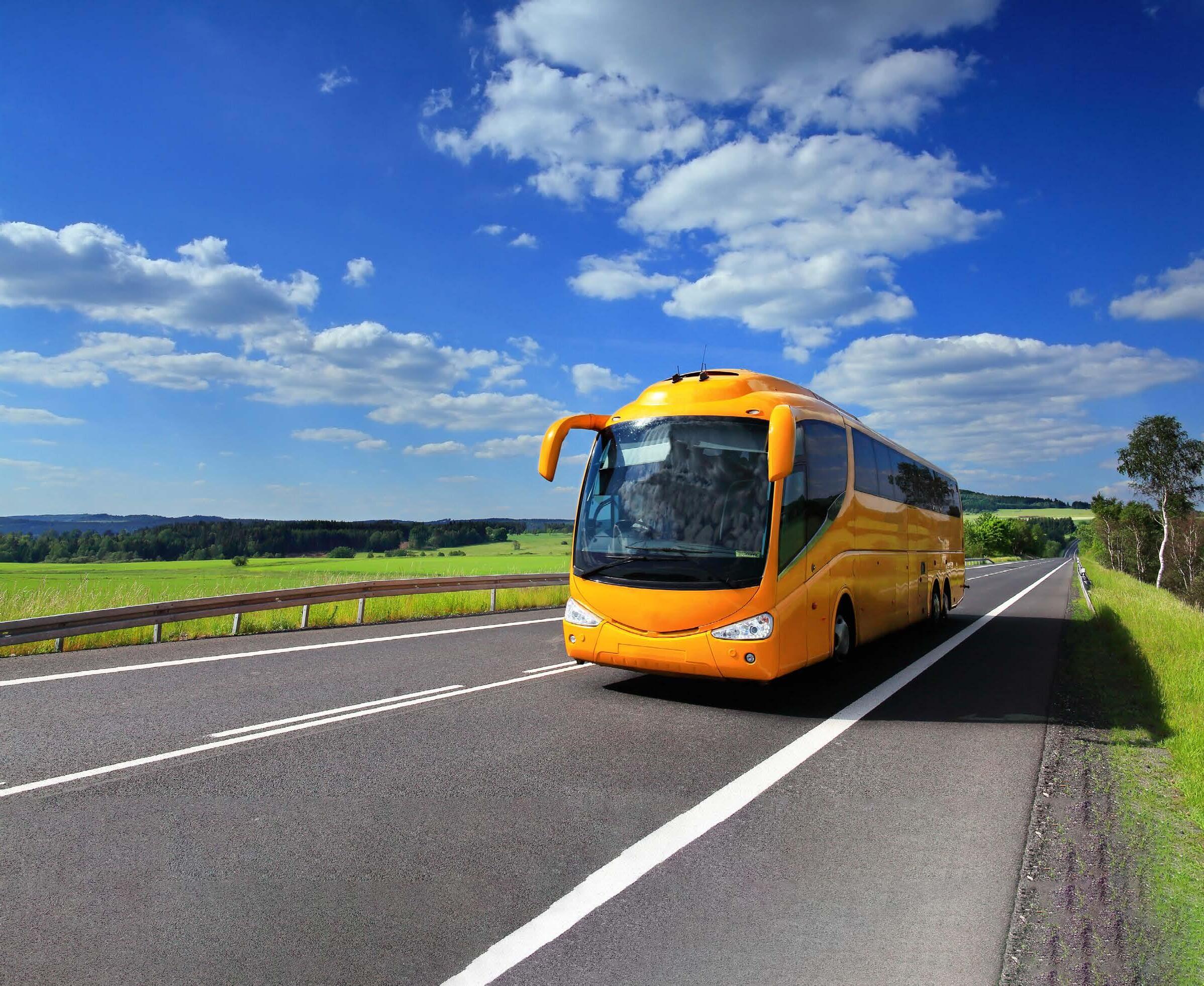



Celebrating excellence
Nominations are now open for the 2025 Endeavour Awards, celebrating the best of Australian manufacturing
For the first time, transport manufacturers are included in this year’s Endeavour Awards program, with an Innovation in Transport award up for grabs.
The new award is for businesses enhancing vehicle manufacturing, public transport or sustainable mobility solutions.
To be eligible, innovations must be either newly introduced to the market or significantly advanced within the two years leading up to the nomination closing date.
To nominate, businesses will have to demonstrate how their manufacturing innovation has improved the industry when it comes to environment and
sustainability, productivity, efficiency and speed, cost-saving or safety.
The 2025 award categories include:
• Technology Application Award (Sponsored by Weld Australia)
• Innovation in Aerospace
• Innovation in Health Technology
• Innovation in Food & Beverage Manufacturing
• Innovation in Transport
• Outstanding Start-Up Award
• Leader of the Year
(Sponsored by BDO Australia)
• Manufacturer of the Year
This is an opportunity to recognise those making a real difference, whether they’re driving innovation, supplying vital products or services,
or leading their organisations with vision and impact.
Nominations must be completed online by Thursday October 2 this year at 11.59pm.
Outside of the transport award, other award categories for 2025 include technology application, outstanding start-up, innovation in health technology, innovation in aerospace and innovation in food and manufacturing.
To find out more about the Endeavour Awards and the innovation in transport award, head to: endeavourawards.com. au/nominations.
Industry events
Be sure not to miss out on an opportunity to attend these fantastic in-person events
OCTOBER 4–9

JULY
JUNE 11
QBIC Future Leaders Luncheon
JULY 18
BusWA BCI Bus Show
AUGUST
AUGUST 2
QBIC Regional Forum – Chinchilla
AUGUST 22
BusNSW NextGen Leaders Forum
SEPTEMBER
SEPTEMBER 11
QBIC Regional Forum – Gold Coast
SEPTEMBER 15-17
BCA Conference
OCTOBER
OCTOBER 1-2
BusNSW Member Conference
Busworld Europe
OCTOBER 22
PTAANZ Annual Conference and Gala Dinner – Brisbane
OCTOBER 29-31
BIC National Conference – Perth
NOVEMBER
NOVEMBER 14–15
QBIC Regional and Partner Forum – Cairns
NOVEMBER 21
BusNSW Platinum and Gold Partners
Luncheon
NOVEMBER 22
QBIC Christmas Function
DECEMBER
DECEMBER 1
BusNSW Xmas Function
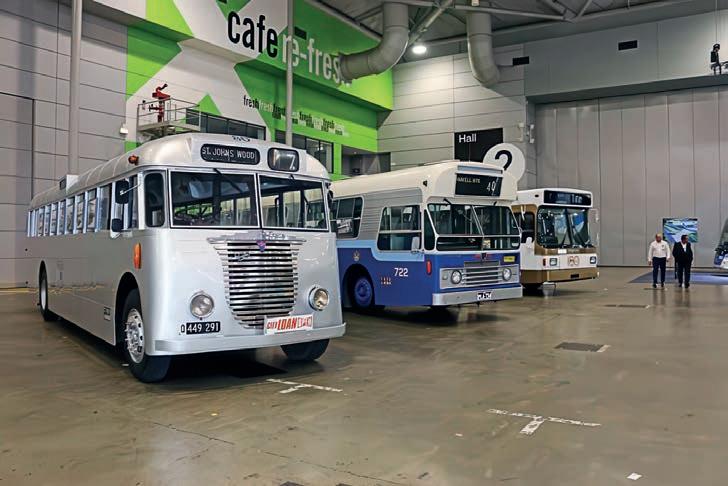


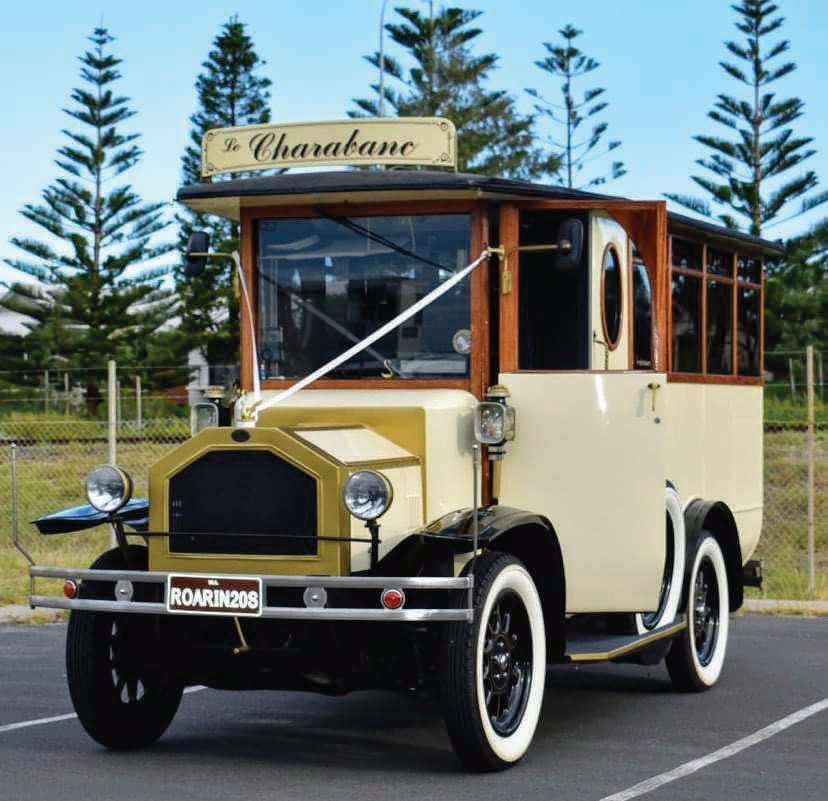
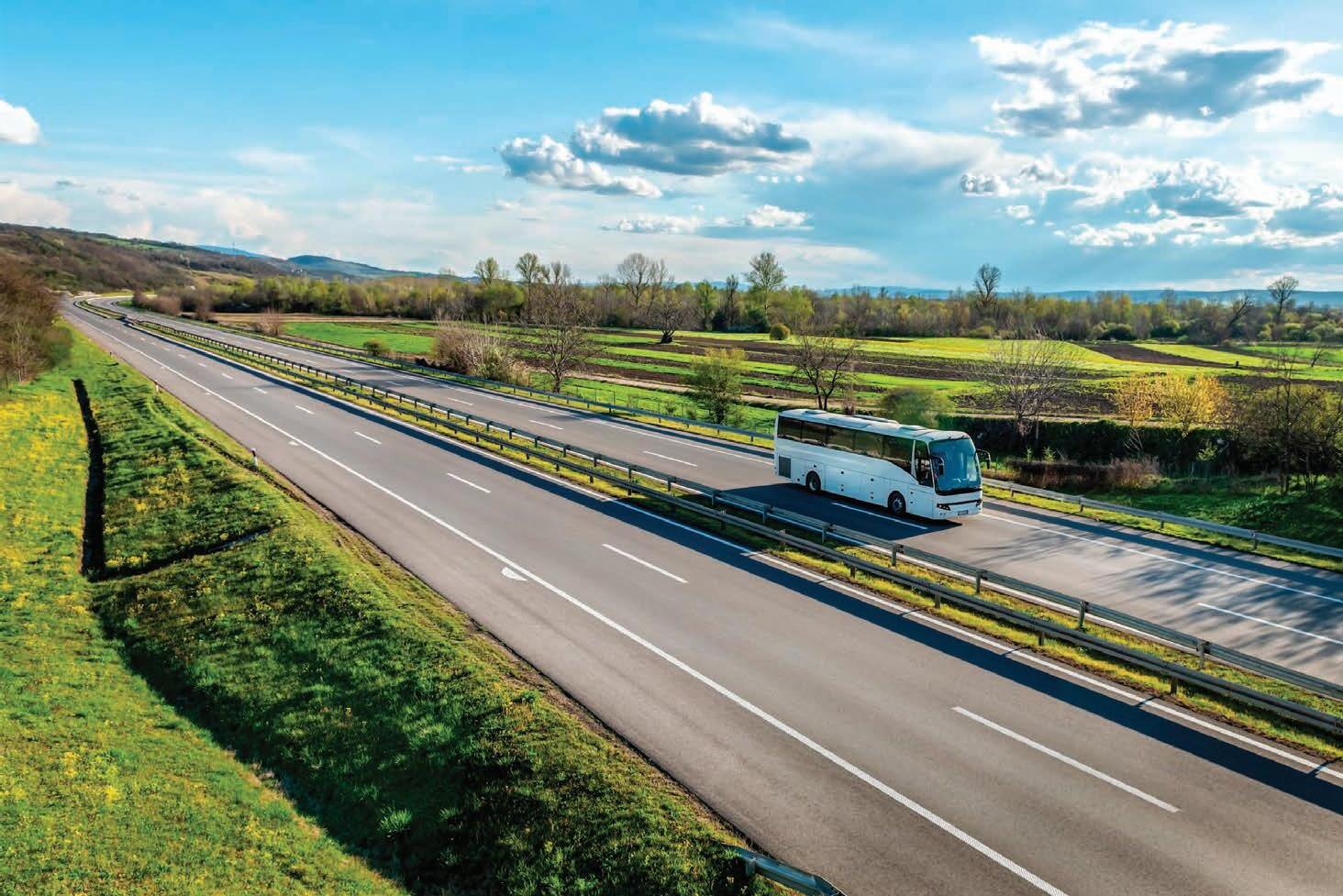
Send in your best bus or coach photos to feature in next month’s magazine.



WWINNER
Top deck tourer
In a world where new buses grace the road every day, the vintage beauties still manage to catch our eye
hile new technology and advancements spill out into our buses and coaches every year, it’s always nice to take a look at where it all started.
Back when manual was the only way, electric was a dream for the future, and drivers had to rely on good old physical maps to make their way around.
That’s why, for Best Bus June, Lindsay Mylan and his incredible shot of a 1964 Bristol lodekka has taken the top spot.
Now it wasn’t an easy win this month, with dozens of entries filtering into the ABC inbox, leaving the team scratching their heads on who possibly could win.
Damian Shiambi came in hot once again, with a dynamic shot of a 1626 taken at Cora Lynn just before a
morning school run.
Robert Bowden was also nipping at Mylan’s heels, his gorgeous image of a Glenorie coach at The Gap peering over at a crude oil tanker making a worthwhile competitor.
Shania Tarrant had a similar idea, showing off a Glenorie coach on a trip down to Bobbin Head with the fog rolling over the mountains.
Ventura’s were also clearly all the rage this month, with Katia Georgiadis’ entry showing off a bus on a charter in Point Leo.
But yet, despite the fierce competition, it was ultimately Lindsay Mylan who will be taking the bragging rights for June.
Submitting multiple pics for this month, it was hard to choose which Mylan original would take the top spot, with the ABC team going back
and forth for a solid day.
“These pics are of an original Top Deck bus that I look after. It was imported in 1998,” Mylan told ABC.
“It’s a 1964 Bristol lodekka and still decked out as Top Deck.
“It used to tour Europe, Russia and Morocco in the ‘80s and ‘90s, but is now kept on the Central Coast.
“This particular image was taken at Crowdy Head.”
As the winner of Best Bus June, Mylan has received a free 12-month subscription to ABC Magazine, while the winning photo is also being shown off as ABC ’s Facebook cover photo for the whole of the month.
Don’t forget to send through your Best Bus photos for July and throughout 2025 via email and keep an eye on our Facebook page for more details!
Above: Lindsay Mylan’s winning shot of a vintage Bristol Lodekka



Below: Ventura’s were also clearly all the rage this month, with Katia Georgiadis’ entry showing off a bus on a charter in Point Leo
Right: The other Mylan pic we were simply loving



Above: Robert Bowden was also nipping at Mylan’s heels – his gorgeous image of a Glenorie coach at The Gap peering over at a crude oil tanker making a worthwhile competitor
Right: Shania Tarrant showed off her Glenorie coach on a trip down to Bobbin Head with the fog rolling over the mountains
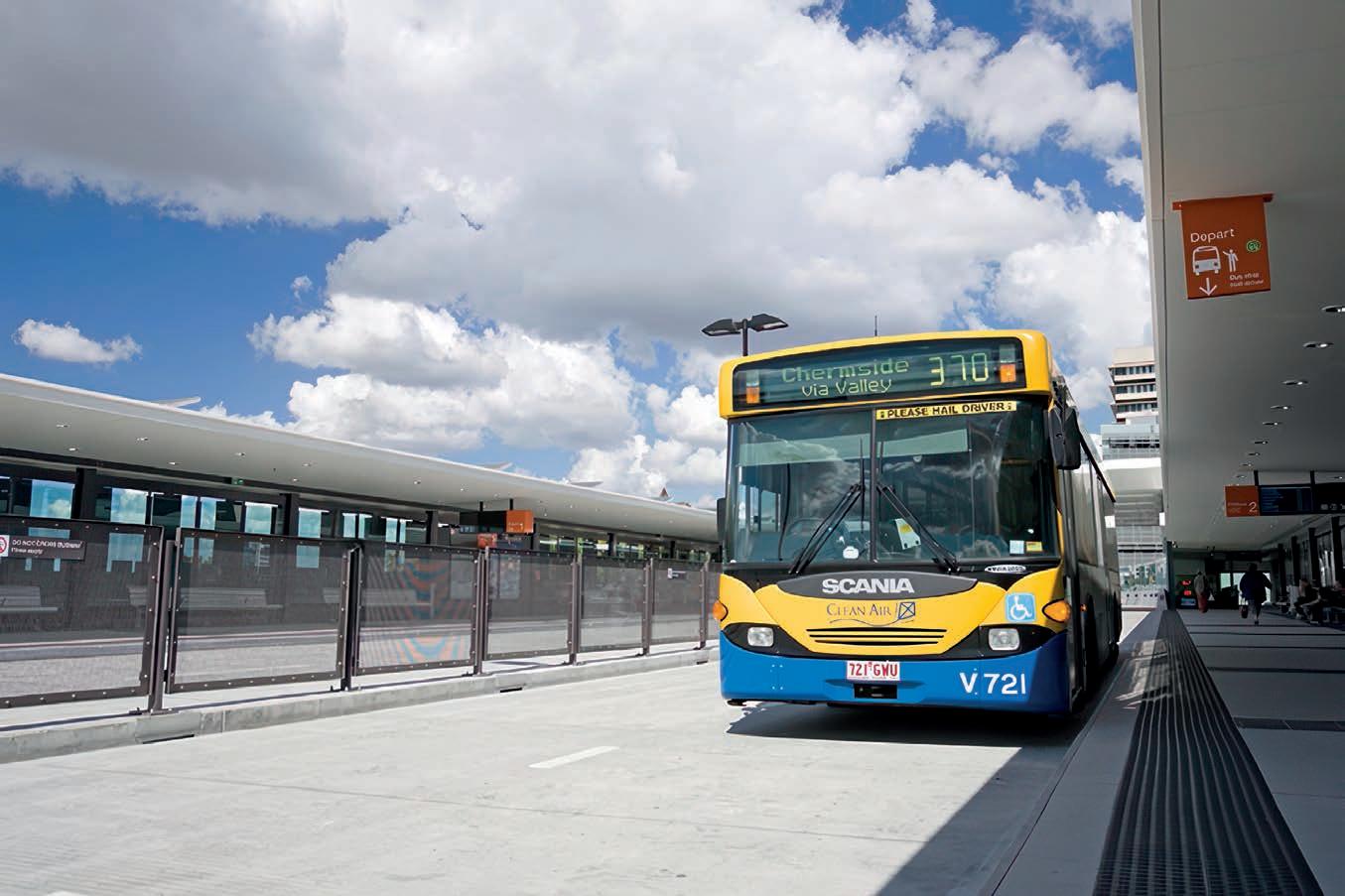
Charging forward
Bus and coach deliveries have hit a milestone high in May 2025 as the industry continues to churn out new units at a rapid rate
Australia’s bus and coach deliveries is starting to pick up speed, with May’s deliveries numbers seeing the industry go from strength to strength. A quiet March was replaced by a productive April that saw 141 deliveries. Now, 160 deliveries have been recorded in May, surpassing the May 2024 number of 154 to highlight a productive industry.
The chassis sector held no surprises, with Volvo being far and away the leader with 78 deliveries made in May. Yutong recorded the 20 heavy bus deliveries and a further 10 in the light bus category to finish with 30, while Scania finished third with 17 units. King Long (nine) held off I-Bus’ eight light bus deliveries, while BLK (five) and BCI (four) both remained consistent. The power may have been with the top few suppliers, but the likes of MAN (three), Mercedes-Benz (two, marking the final Mercedes-Benz deliveries in Australia) and Challenger (two) still ensured a variety of brands were reflected in the deliveries data. The final two units were shared between Custom Denning and ARCC, the latter returning to the rankings with a hydrogen fuel-cell bus sale to CDC Victoria.
It was Volgren who once again dominated the bodybuilder market as it more than doubled its competitors with the 62 deliveries. Yutong’s
combination of 20 heavy bus and 10 light saw it take home second comfortably, while Irizar (14) snatched third. BCI and King Long couldn’t be split with the nine deliveries each, while I-Bus (eight light bus deliveries) and Scania Higer (seven) close behind. BLK had the five deliveries, while the final 16 units were split across seven different brands.
A high overall deliveries number in May meant McConnell was able to shine in the seating market, recording an astonishing 72 deliveries for the month. It was streets ahead of the competition, which was led by an ever impressive Sege with the 30 deliveries. Yutong’s 22 deliveries saw it confirm third spot ahead of StyleRide with the 14 units. King Long (nine) and APM (eight) both nearly broke double digits, while BusTech Group (two) and Fainsa (two) rounded out the market with Marcopolo’s solitary delivery.
The closest market in our deliveries breakdown once again provided us with a thrilling finish, as Coachair rose to top spot in the HVAC market in May with the 35 deliveries. It grabbed first place from April’s leader in Cling-Yutong (30), while Thermo King rounded out a tight top three with 26 units. Hispacold (16) and Valeo (14) both remained consistent, while Songz (nine), King Long (nine)
and Konvekta (seven) all continued churning deliveries out. MCC and Denso couldn’t be split with five deliveries apiece, while Spheros (three) and Husky (one) maintained their presence in the market.
As State of Origin kicked off in late May, a reversal of the opening game’s result occurred in the state based bus deliveries battle as Queensland snatched the win off NSW with 51 deliveries compared to the latter’s 41. They formed an impressive top two, combining for nearly 60 per cent of the market’s May deliveries. Victoria was next with the 35 deliveries, while WA had the 20. The ACT remained consistent with its bus roll-out as it welcomed seven new buses in May, while South Australia (five) and Tasmania (one) both saw new buses being delivered.
The diesel and zero-emissions vehicle battle continues to skew the way of the former, with 146 of the 160 May deliveries being diesel. In that space, Volvo (73), Yutong (22) and Scania (15) were the heavy hitters, with the latter also recording a further two diesel hybrid deliveries in May. There were 13 electric bus deliveries in May, shared between Yutong (eight) and Volvo (five), while ARCC recorded the first hydrogen fuel-cell delivery of 2025 with its lone May unit in Victoria.
Above: Queensland took out the st ate based bus deliveries battle in May. Image: Translink

It was Volgren who once again dominated the bodybuilder market as it more than doubled its competitors with the 62 deliveries. Yutong’s combination of 20 heavy bus and 10 light saw it take home second comfortably, while Irizar (14) snatched third.
A high overall deliveries number in May meant McConnell was able to shine in the seating market, recording an astonishing 72 deliveries for the month. It was streets ahead of the competition, which was led by an ever impressive Sege with the 30 deliveries. Yutong’s 22 deliveries saw it confirm third spot ahead of StyleRide with the 14 units.
a further two diesel hybrid deliveries.
The chassis sector held no surprises, with Volvo being far and away the leader with 78 deliveries made in May. Yutong recorded the 20 heavy bus deliveries and a further 10 in the light bus category to finish with 30, while Scania finished third with 17 units. King Long (nine) held off I-Bus’ eight light bus deliveries, while BLK (five) and BCI (four) both remained consistent.
Volvo (73), Yutong (22) and Scania (15) were the heavy hitters, with the latter also recording
Travelling through time
Tiarna Condren finds out how a group of dedicated people in Western Australia are preserving the history of the state’s public transport system

Tucked away behind the scenes at Perth’s Whiteman Park, where vintage trams and trains glide and the Motor Museum hums quietly with history, there’s a less visible but equally passionate group of volunteers rolling up their sleeves to preserve a different kind of treasure: Western Australia’s bus heritage.
Started in 1969 when the last of the trolley buses finished in Perth, a group of local enthusiasts got together and decided to start preserving the retired buses and trams that rolled out of service in Western Australia.
Eventually calling themselves the Bus Preservation Society of WA (BPSWA), the group took on its first diesel bus in 1972 and hasn’t slowed since.
“We originally started with both trams and buses, but in the early 1980s the group split. The buses went one way, and the trams went the other,” BPSWA president Ian Kerr told ABC
“In 1993 we eventually moved to Whiteman Park in Perth and built our first workshop. We’ve added another two buildings since then as our collection grew.”
The society has around 25-30
fully restored buses and about 50 additional buses stored for spare parts or future restoration projects.
Focusing on preserving Western Australian buses, including artifacts like uniforms, ticket machines and timetables, the society’s main goal is showcasing the history of transportation in the region.
“Most of our vehicles have been donated through the public transport authority and their predecessors. However, we do get them donated through farmers and other ways if it’s of historical value,” Kerr says.
“We have around 120 members currently and hold workshops on Tuesdays and Thursdays where members come to volunteer in the restoration process.
“A lot of men tend to come out to the workshop, retired guys that used to be involved with buses and even people who aren’t interested in buses, but they might have a skill of welding or woodwork and just want to get involved.”
Some of their current collection includes a 1950 Leyland Tiger, 1974 Leyland Panther, 1947 AEC Regal Mk III, 1967 BMC Austin School Bus and plenty more vintage finds.
Kerr says preservation is very near
and dear to his heart, and believes it is a vital part of keeping hold of history.
“You have to show people how time was before and what things used to be like,” he says.
“You need to know your history and know your past for the development of the future.”
The society’s collection of buses is mostly taken to events outside of the park such as motor shows and community events, but the long-term goal is to finally have a dedicated museum where they can show off their hard work.
“We currently have a block of land in Whiteman Park in the village area where we hope to be able to build a museum of our own,” Kerr says.
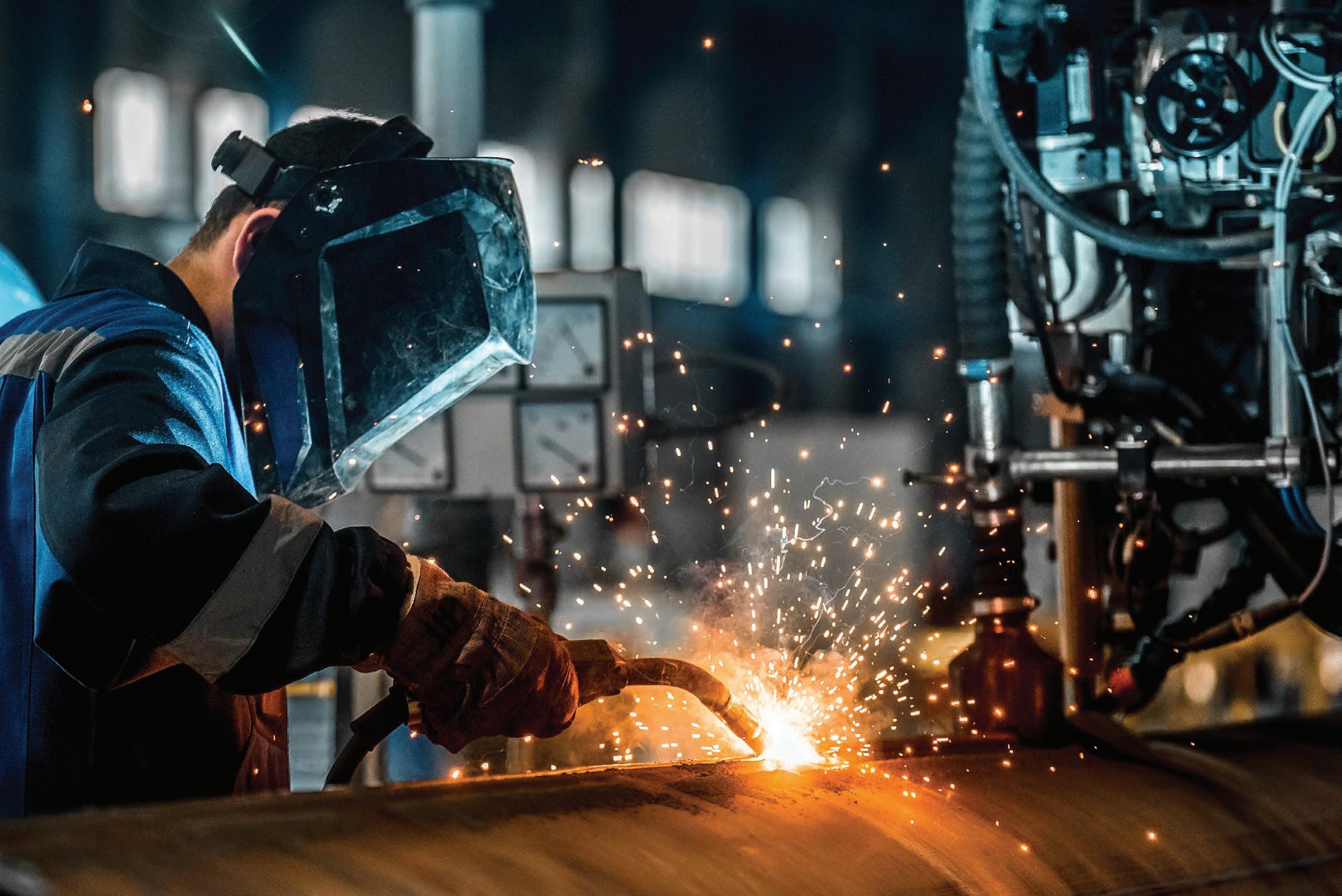
“Currently, we aren’t able to show our buses to the public due to our workshop being in a non-public area.
“We are currently fundraising to build this museum and hope to be able to finally put our buses on display.”
If anyone wants to donate financially to the museum building, they can contact the BPSWA treasurer via email at treasurer@bpswa.org or via the website at bpswa.org.
Above: Some of the BPSWA’s stunning vintage collection. Image: Bus Preservation Society of WA



Need Australian Made aluminium extrusion? Capral can do.
As Australia’s largest supplier and extruder of aluminium, Capral is committed to supporting Australian manufacturing with high-quality, locally produced aluminium extrusions. Our state-of-the-art facilities provide precision-engineered solutions for the transport industry nationwide.
Choosing Capral is an investment in reliable supply, shorter lead times, and a stronger Australian manufacturing sector.
When you need Australian-made aluminium, Capral can do.
